Ep. 71: Moonlight Mile S3 by Yasuo Otagaki and Knights of Sidonia v1 by Tsutomu Nihei
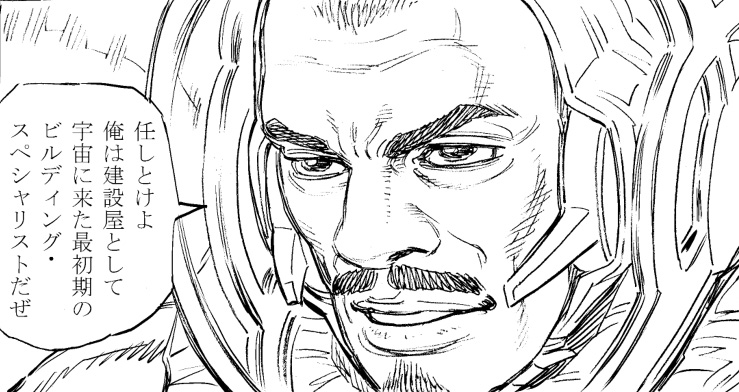
This week the team ‘reads’ its first UNTRANSLATED manga, jumping into Season 3 of MOONLIGHT MILE by Yasuo Otagaki. Self-serialized by the author on PIXIV, this sci-fi action manga set on the moon creates a unique experience for the Mangasplainers, but will Chip dig it even though he has to turn his head sideways to read the translated Japanese text in English via Google Translate?
PLUS! On this week’s ComiXology Manga Must Reads, we check back in with Tsutomu Nihei’s Knights of Sidonia for a somewhat-expanded look at another spacefaring manga. It’s a sci-fi double-header this week on Mangasplaining!
Powered by RedCircle
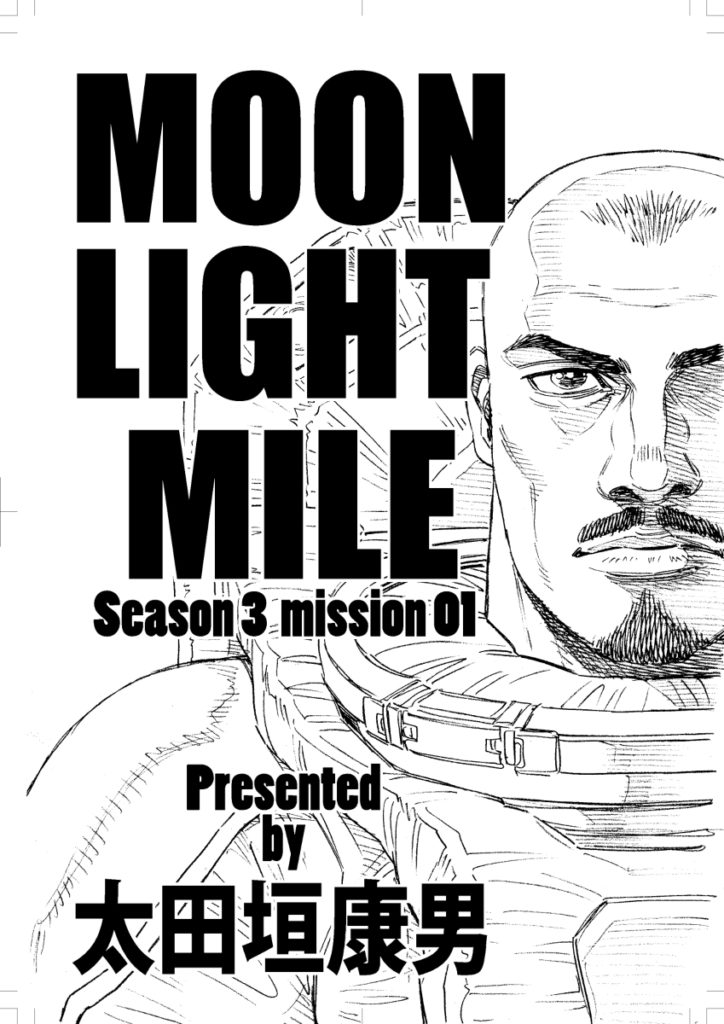
Moonlight Mile Season 3, missions 1-3
By Yasuo Otagaki
Self-published, on PIXIV
Read it for free: Chapter 1 – Chapter 2 – Chapter 3
Audio editing by David Brothers. Show notes by Christopher Woodrow-Butcher and Deb Aoki.
Before We Get Started
We had to do a little extra audio processing on this episode, because Christopher actually recorded outside, David was in the midst of moving and hadn’t completed his setup, and as mentioned, Chip is in the woods. We think it sounds pretty great, David is fast becoming a true audio wizard, but just in case: Sorry!
01:00 Yes, you heard us right, this is an UNTRANSLATED, Japanese-language manga! You can check it out for yourself here: Chapter 1 – Chapter 2 – Chapter 3
02:15 Here’s a little bit about the author.

About Yasuo Otagaki
Yasuo Otagaki (太田垣康男) is a Japanese manga creator born in 1967 in Osaka, Japan. Since age 19, he has lived in Tokyo, where he started his manga career, working primarily for Kodansha until moving to Shogakukan’s Big Comic Superior magazine for his “mountain climbing, but on the moon, and there’s robots” manga MOONLIGHT MILE, in 2000. The series ran for 23 volumes in print until it went on hiatus in 2011. MOONLIGHT MILE also received a two-season anime adaptation in 2007 and 2008. The anime was also officially licensed in English although it’s no longer legally available. It’s not hard to find a way to watch it online though, lo-res…
While working on Moonlight Mile, Otagaki dabbled in licensed work, including manga based on the Capcom giant robot military game Front Mission, for Square Enix. But what caused Otagaki to fully put Moonlight Mile on hiatus was being invited to put his own spin on the venerable Gundam franchise, with the original manga Mobile Suit Gundam Thunderbolt. Here’s VIZ Media’s video trailer for the manga so you can get a taste of what’s inside:
Otagaki’s artwork on this series, for both human characters and mecha, is intricately detailed and gorgeous, and the series became a near-instant fan-favourite. The popular manga spawned an OVA (Original Video Animation) series consisting of four animated episodes, and then also received two full-length animated films. In fact, it became so popular that it’s one of the few Gundam manga to be translated into English, with the series getting an English translation and publication from VIZ Media starting in 2016 and it is ongoing to this day.
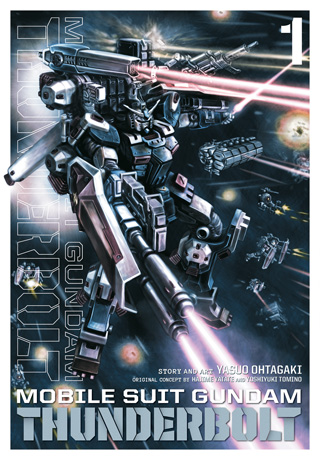
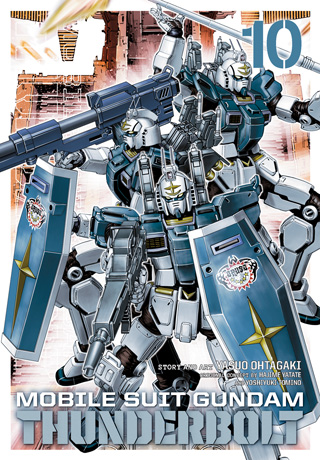
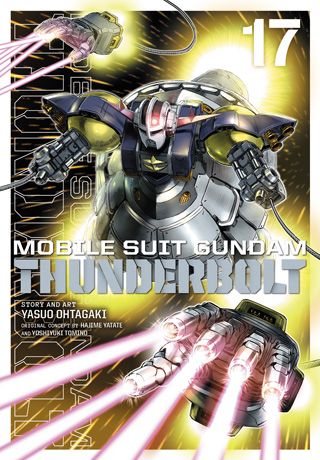
That detailed artwork came at a price though. Over his 32-year career in the manga industry, Otagaki developed severe tenosynovitis/tendonitis in his drawing hand, and had to put his serialization of Gundam Thunderbolt on hold in September 2018, right in the middle drawing volume 13. He issued a public apology that made the news on anime/manga sites, and you can read that here with more quotes and info.
https://neotokyo2099.com/tag/otagaki-yasuo/
Surprisingly though, Otagaki started drawing again 4 months later, in December 2018, albeit in a new style that was easier on his wrists. Gundam Thunderbolt has continued to release, albeit with somewhat looser and different art. He creates his pages for Gundam Thunderbolt as digital pencil drawings, with colors, tones and other technical details added by his assistants (employees, actually) laid in on top. The new style is, frankly, still ridiculously detailed, although considerably less-so than before. In addition, according to his Japanese Wikipedia entry, this is how he creates his work:
- “In order to improve efficiency, except for CG and tone, we use a method of drawing manga with only a pencil without using a pen .
- “MOONLIGHT MILE, when drawing a mecha, we first modeled it with Lego blocks and sketched it.”
- I create a 3D model with LightWave and use it for mechanical drawing.
- Digital drawing mainly uses ComicStudio and Photoshop .
Machine translation, sorry for the awkward writing there.
Images from Mobile Suit Gundam: Thunderbolt: Volume 1, with Otagaki’s original art style:
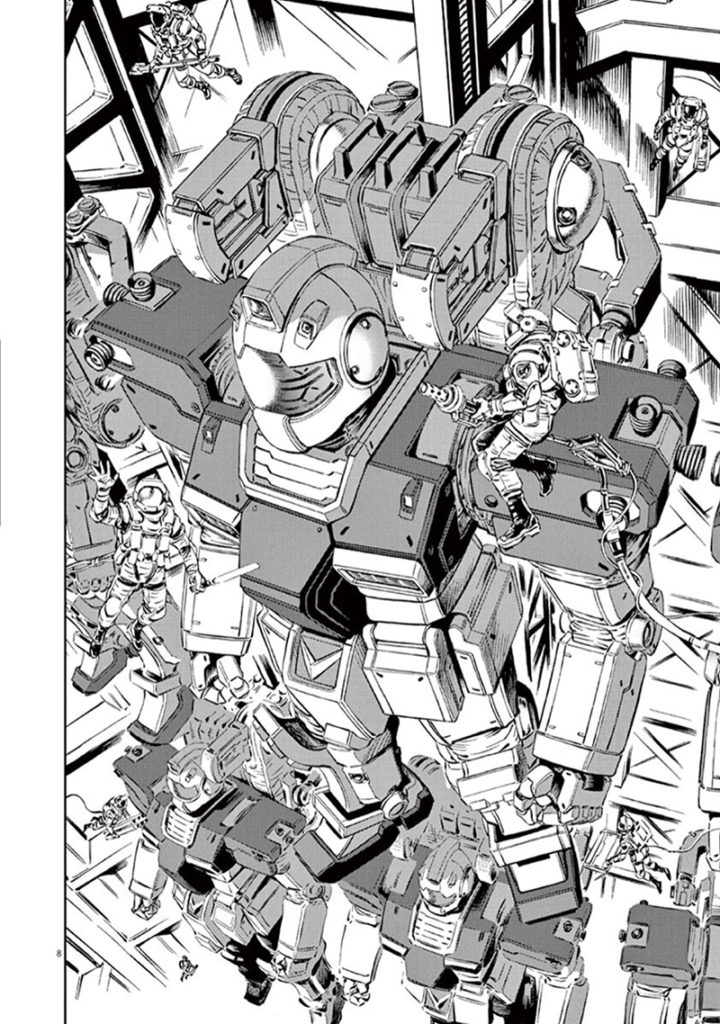
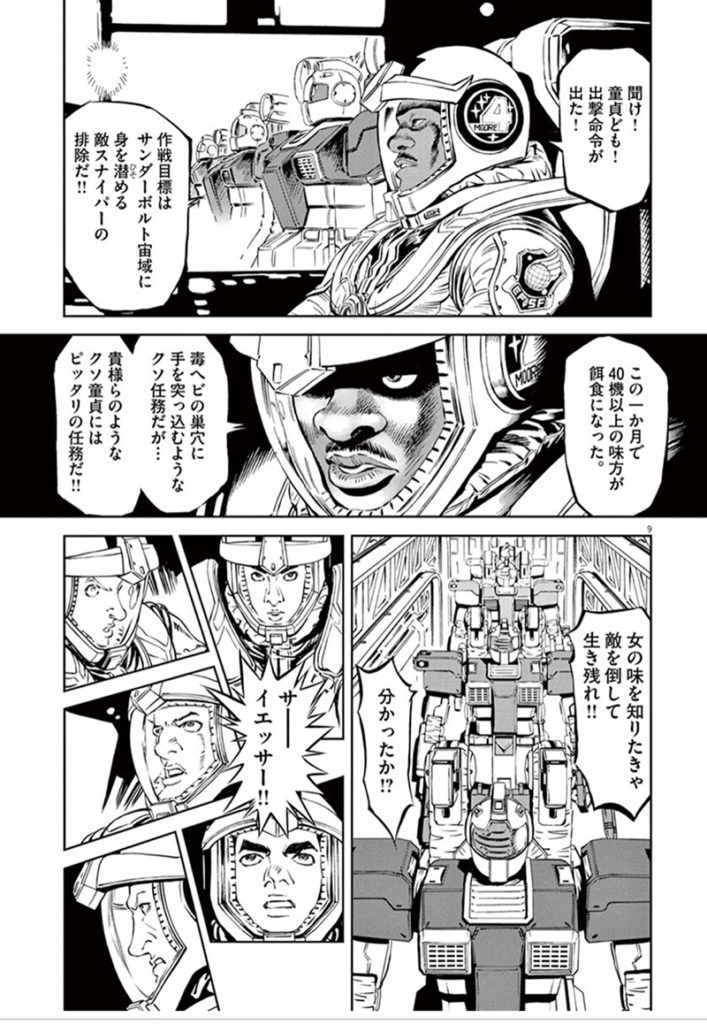
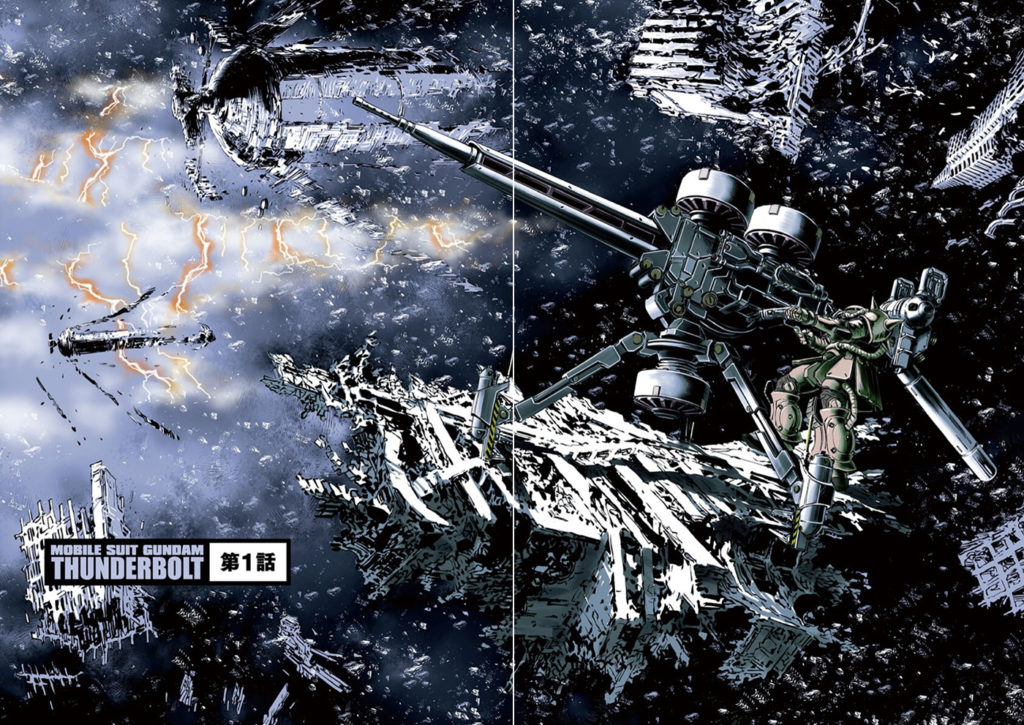
Images from Mobile Suit Gundam: Thunderbolt Volume 19, with his adjusted art style:
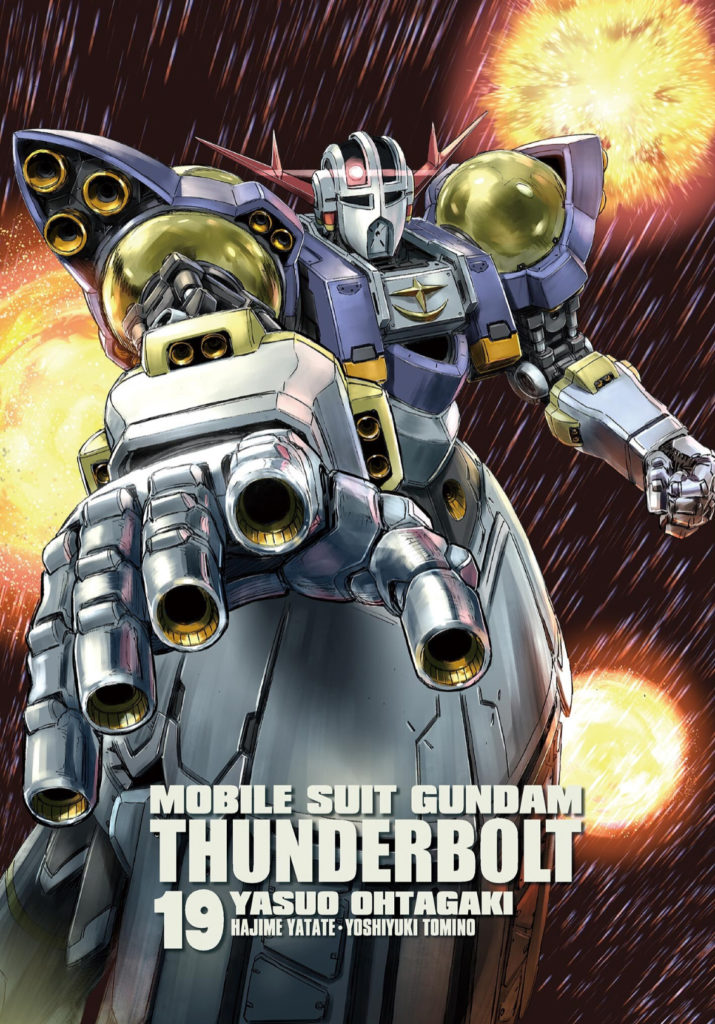
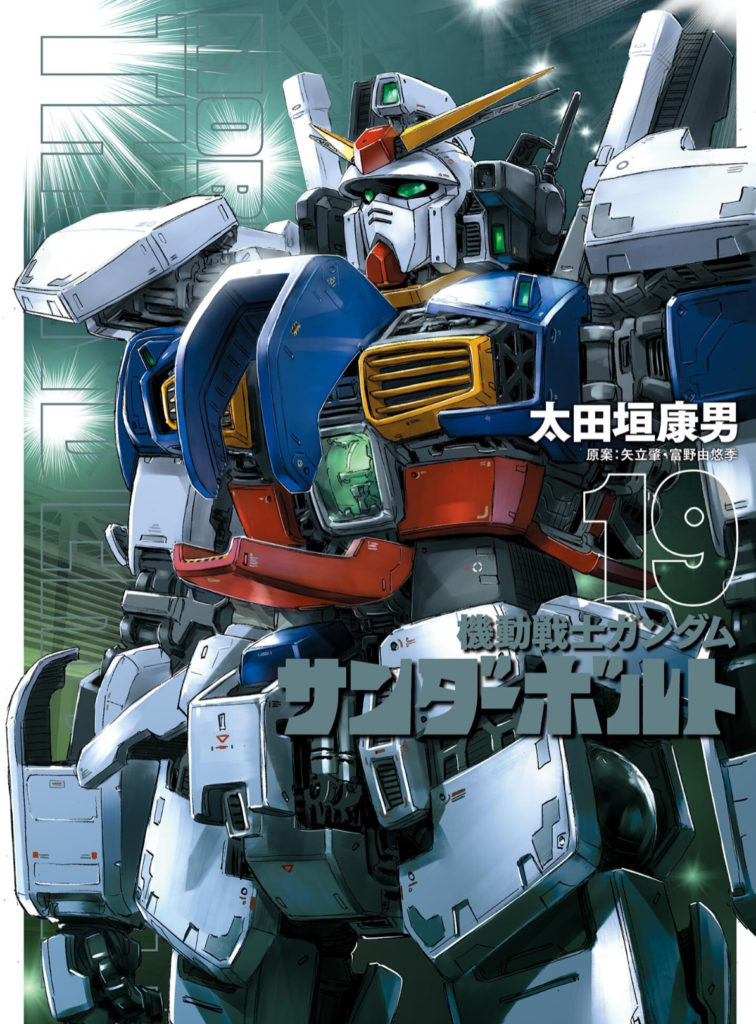
Click to see a larger image.
During this continued serialization, Otagaki decided to go back to his personal story, MOONLIGHT MILE (that’s the title by the way – all caps in English, but I kept it mixed case for all other usage in this episode). As a “Christmas present’ for his fans on December 24th, 2021, Otagaki released a massive new chapter of Moonlight Mile on his PIXIV account (an art-sharing service primarily popular in Japan and East Asia). Since then, he has released 4 total chapters, the newest coming… just last week, after we recorded this episode! So, uh, every time we say there’s only 3 chapters, there’s actually four.
Which brings us up to date with this series!
04:00 [Christopher:] Untranslated manga: I didn’t share this anecdote because the conversation didn’t go there, and I’m trying to be good about following (rather that directing) the conversation when I’m not hosting, BUT! I used to read a lot of untranslated manga, when I was young! I didn’t like the suburbs I lived in very much, and would do what I could to escape as often as I could. I could drive, so one day a friend asked me to drive them to the suburb next door, to pick up a Japanese import CD at a Japanese shopping center.
While he eagerly purchased his treasure, I browsed and saw that the store, a combination of Japanese groceries, housewares, CDs and tapes, and magazines, carried Weekly Shonen Jump in the original Japanese. A weeb through-and-through, I picked up an issue (only $7 for 400 pages, after import costs! A steal!).
Those trips became weekly, and for a while, I was buying a new issue of Shonen Jump each week (I was 16 or 17 at the time, maybe). This was right when Kazuki Takahashi started Yu-Gi-Oh, fwiw. I would pour over those magazines, not understanding any of it, looking at storytelling, sound effects, character design especially. I loved (and still love) Japanese manga, anime, and game art books and character designs, and each one of these was like a $7 artbook… Instead of $50+ each!. It was pretty cool. From there, I would start digging through the used manga at Japanese bookstores, buying volumes for a couple bucks here and there, anything that looked cool, and it’s where I found gems like the golf manga I talk about in this episode at 06:02.
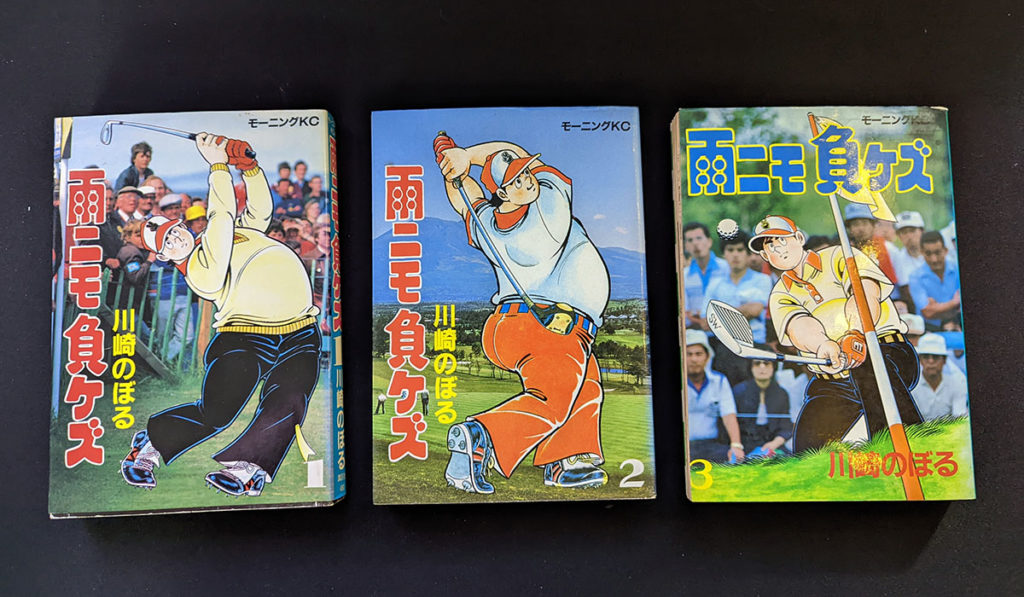
Anyway, it’s still a huge treat for me to buy a big stack of manga, usually while in Japan, and pore over them, understanding quite a bit more than I did back in the day, and recapturing that thrill of discovery… but Sometimes Things Don’t Hit, and that’s okay. 🙂
06:15 I think I agree with Deb here, the art in Moonlight Mile is basically his rough drafts or sketches, even less defined than his work on Mobile Suit Gundam Thunderbolt. I think if this book is ever going to leave PIXIV and be published, they’re definitely going to have to have an assistant/inker/hired gun come in and finish up the artwork. Like, there are some amazing images, like this space station, but you never forget for a moment that this is an unfinished work.
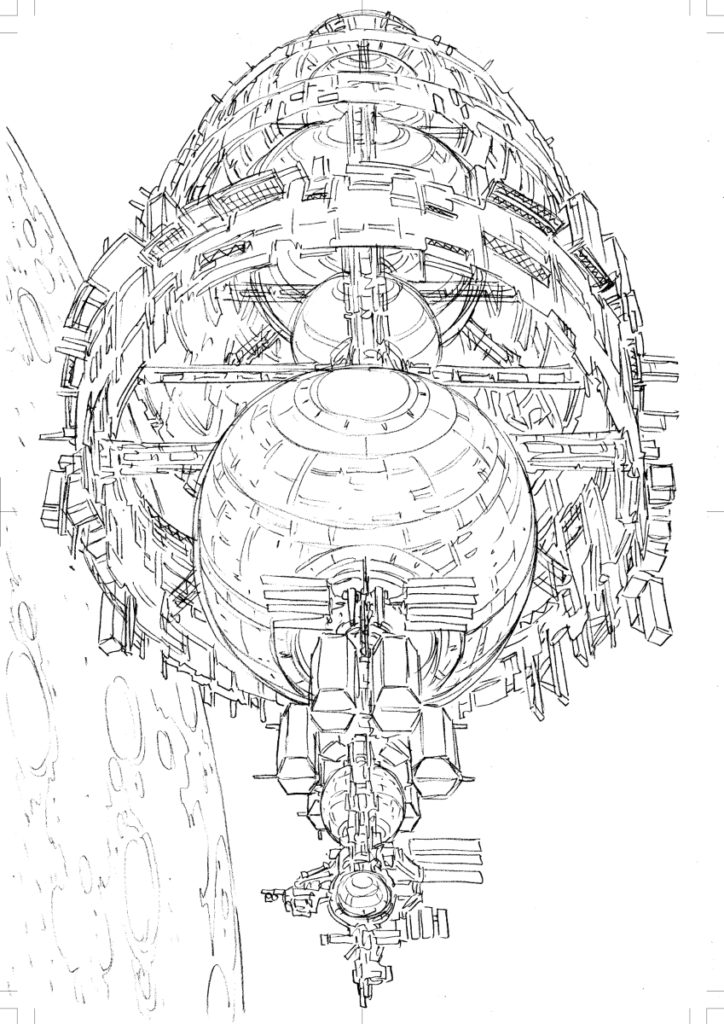
That said, it’s FASCINATING to get to read a comic from the ‘roughs’ like this. We actually did a look behind the scenes at a manga we published, Taiyo Matsumoto’s These Days, over on Mangasplaining Extra, that went into the comics process. Check it out, it’s interesting. 🙂
07:20 The character designs and faces are really strong in this manga, everyone seems to be acted by a different ‘actor’, so to speak, and that’s pretty tough to pull off in comics!

In the above image, you can see that there’s a good amount of differentiation even when the characters are just a couple of squiggles. Very cool.
08:30 If you want to know what the first two seasons of Moonlight Mile are about, there’s a synopsis available via Japanese Wikipedia. Just run it through Google Chrome’s translation feature to get the gist of what the plot is all about.
https://ja.wikipedia.org/wiki/MOONLIGHT_MILE
13:45 I think Chip made a good point here, that maybe I didn’t care (or Chip and Deb didn’t) because we were never fully immersed in the story, because, with our lack of language knowledge… we COULDN’T be immersed. I think there’s something there, though I will say that there are stories and works that I’ve been captivated by without ever being able to understand a single word.
In pulling out the ‘immersion’ idea above, Chip mentions this splash page of a city that is just the implication of a city, so as a splash page illustration, it doesn’t quite work.
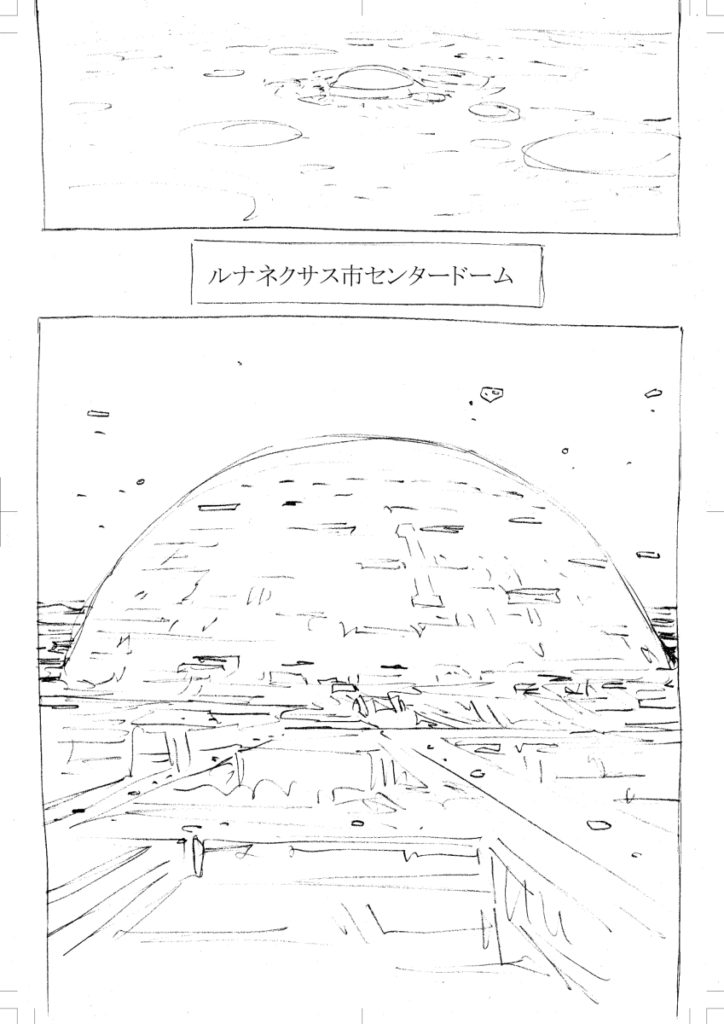
But for things that do work, this page of the characters leaping into frame like Jim Lee’s WildCATS, that sorta splash is clear. David comes in to talk about the shared language of comics, and it’s interesting to see how the three of us superhero nerds all IMMEDIATELY got the WildCATS reference, because of that shared language idea.. Page 18 chapter 1.
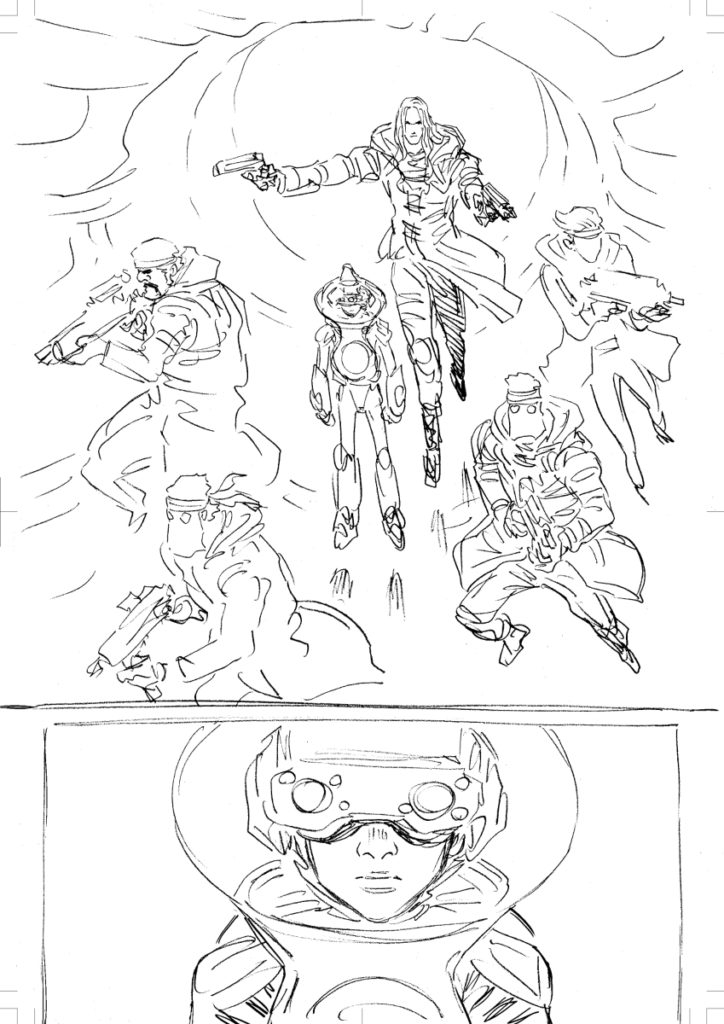
17:26 I love the ‘suiting up for battle’ montage trope, and it’s done very well here, with a character that looks just super solid and well-realized, while putting on his boots.
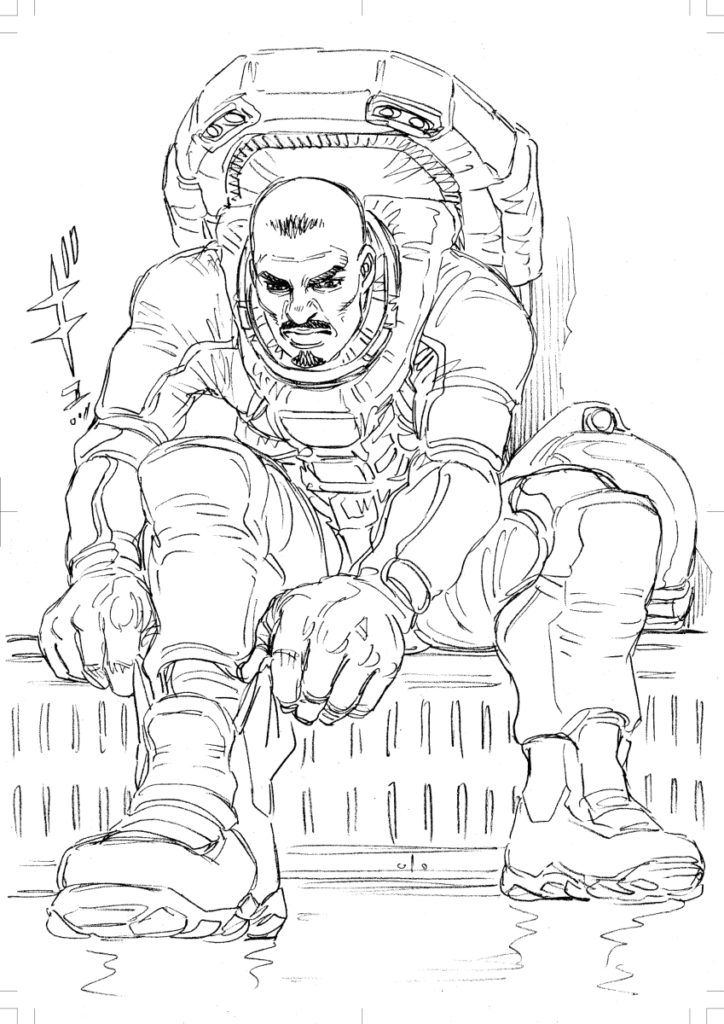
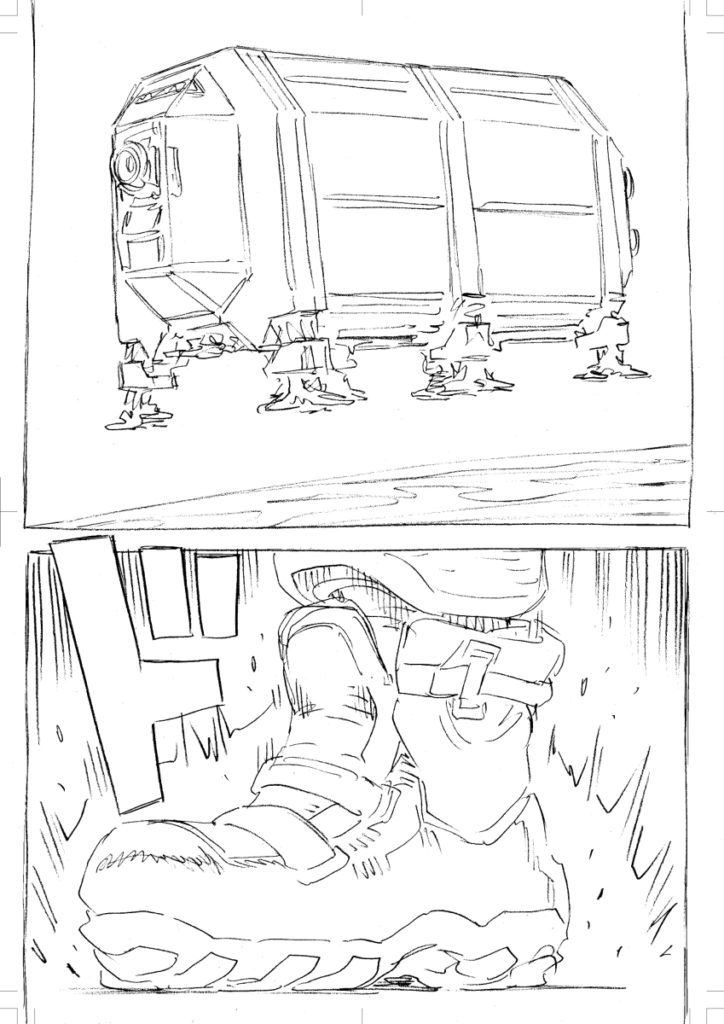
And then the two boys who hate each other has some good art too, and a subtle tilt of the ‘lens’ to angle them towards each other, good stuff. 🙂
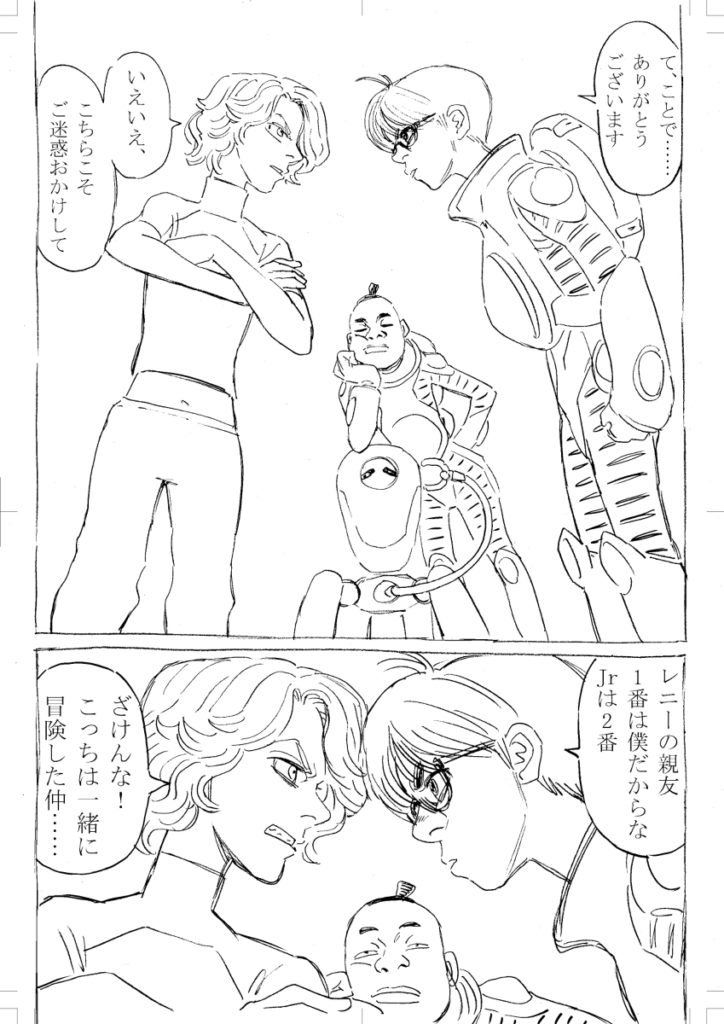
19:24 I think we all agree that the introduction is very, very strong, and maybe more thoroughly drawn than the rest of the book. And hey, 6 pages of sit-ups. Read right-to-left, one tier at a time.
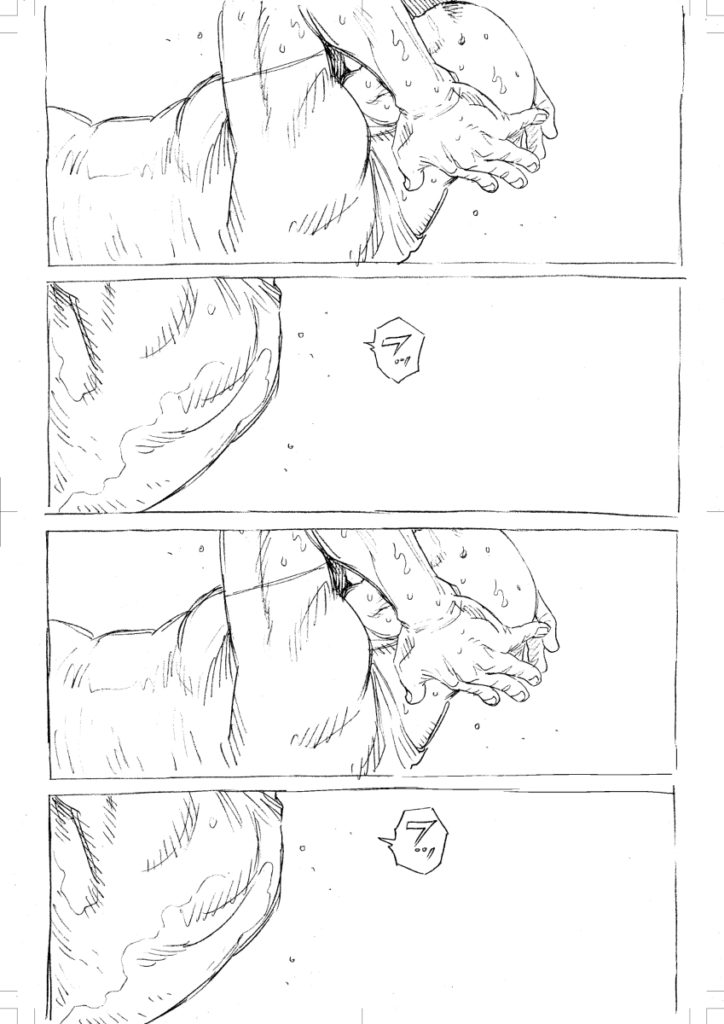
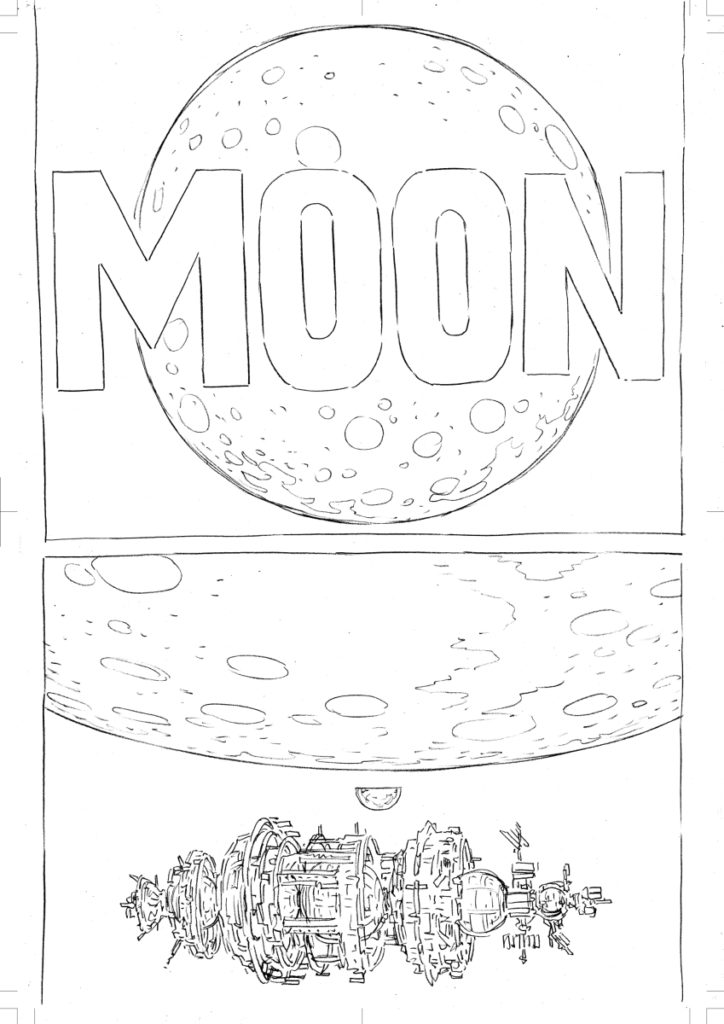
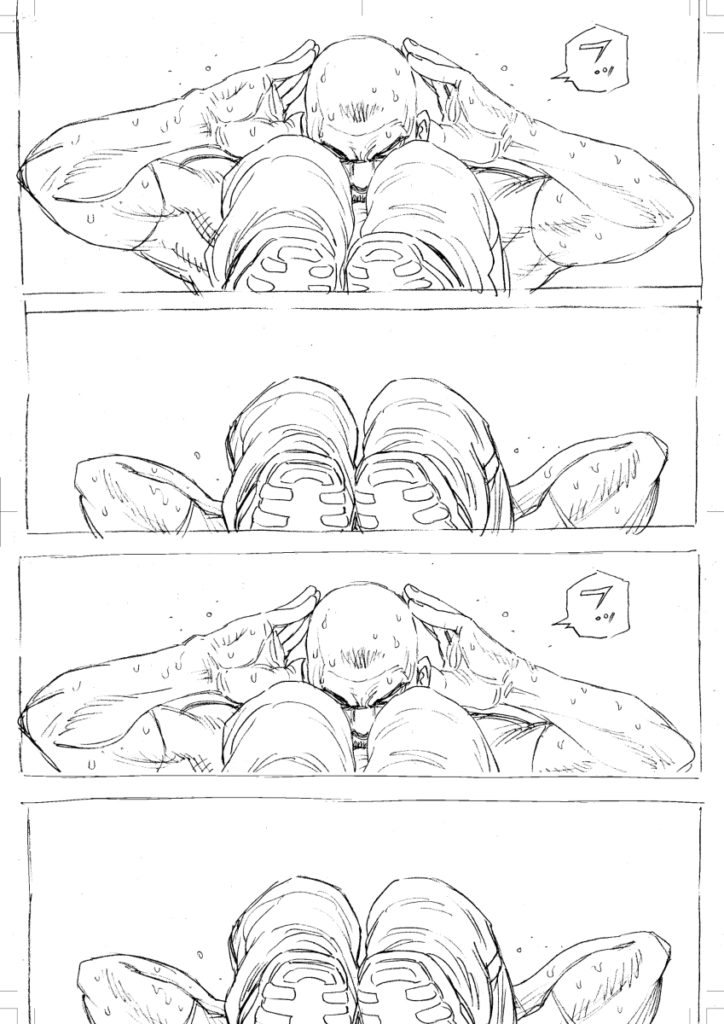
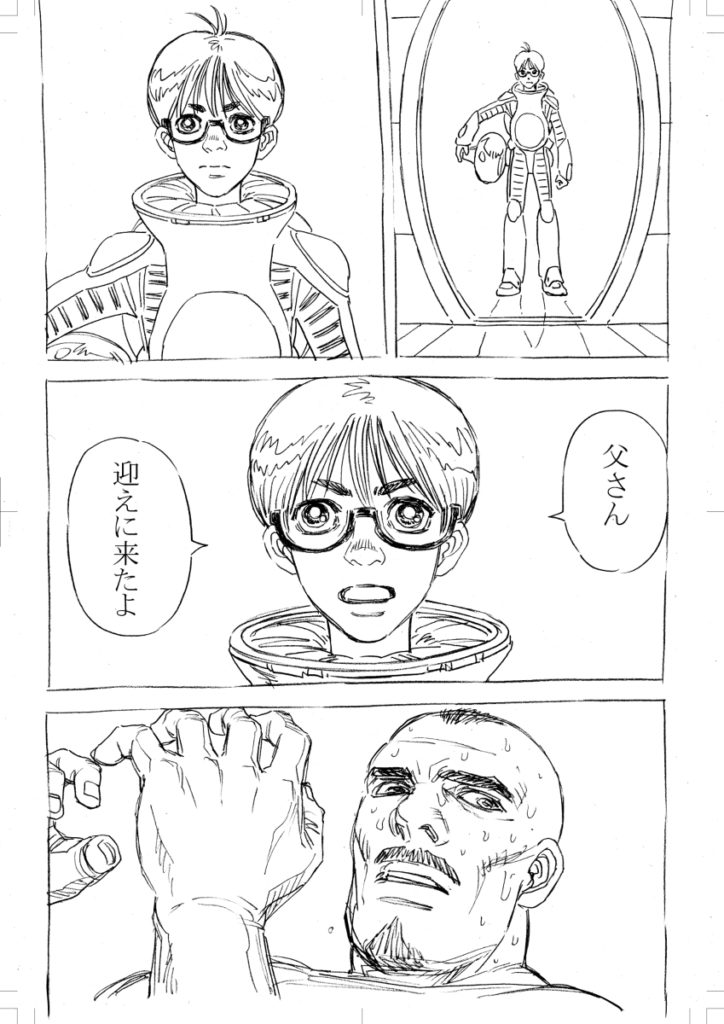
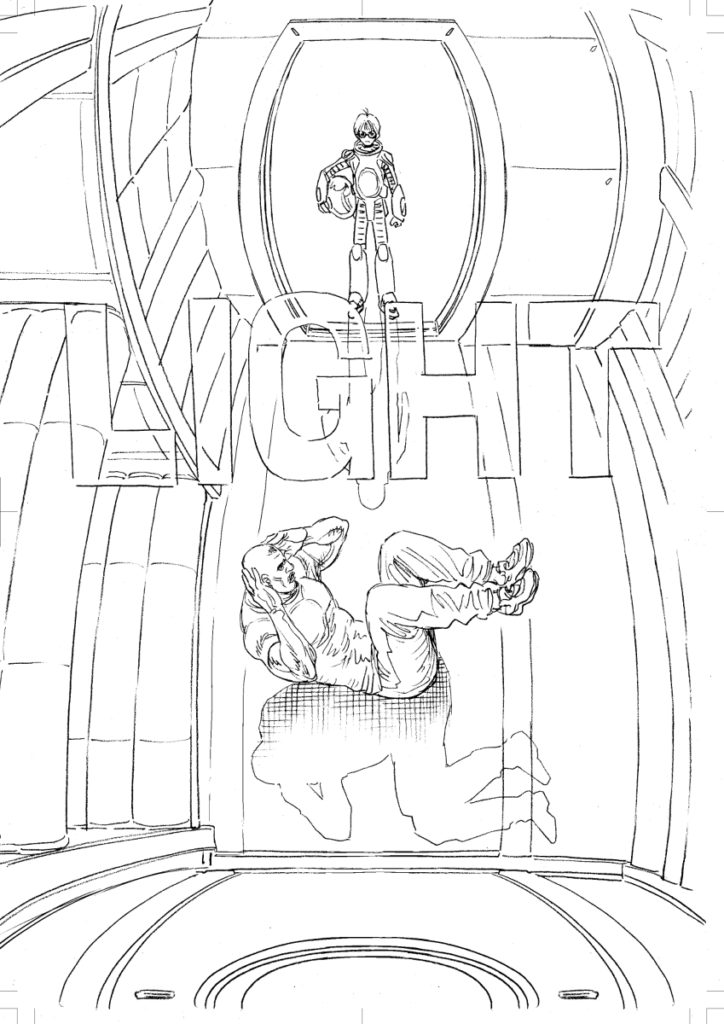
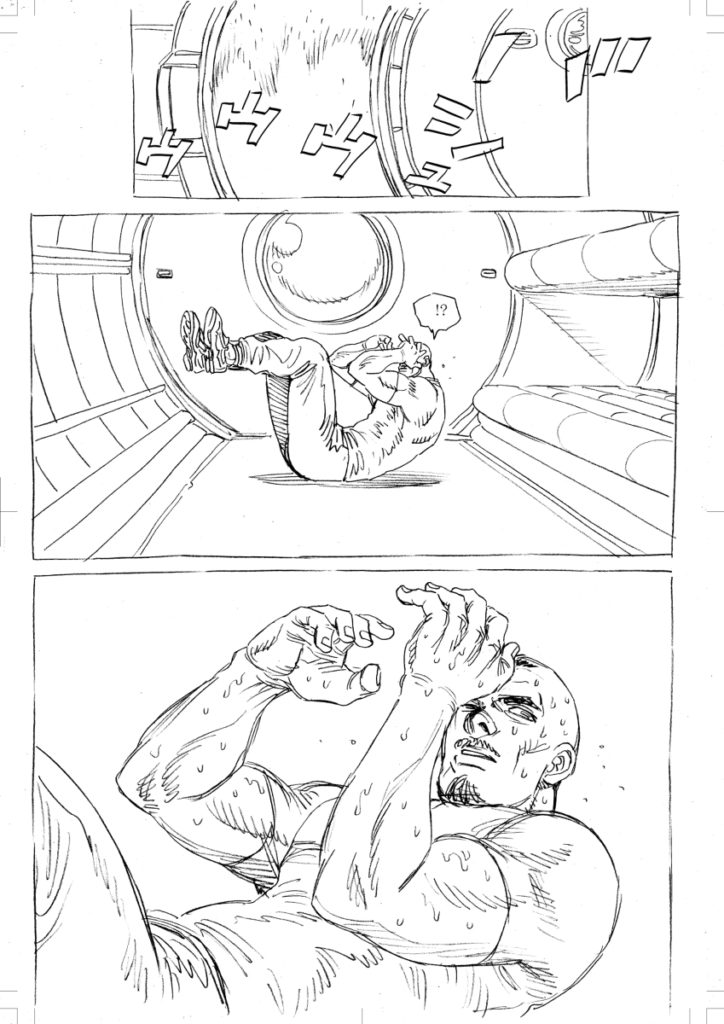
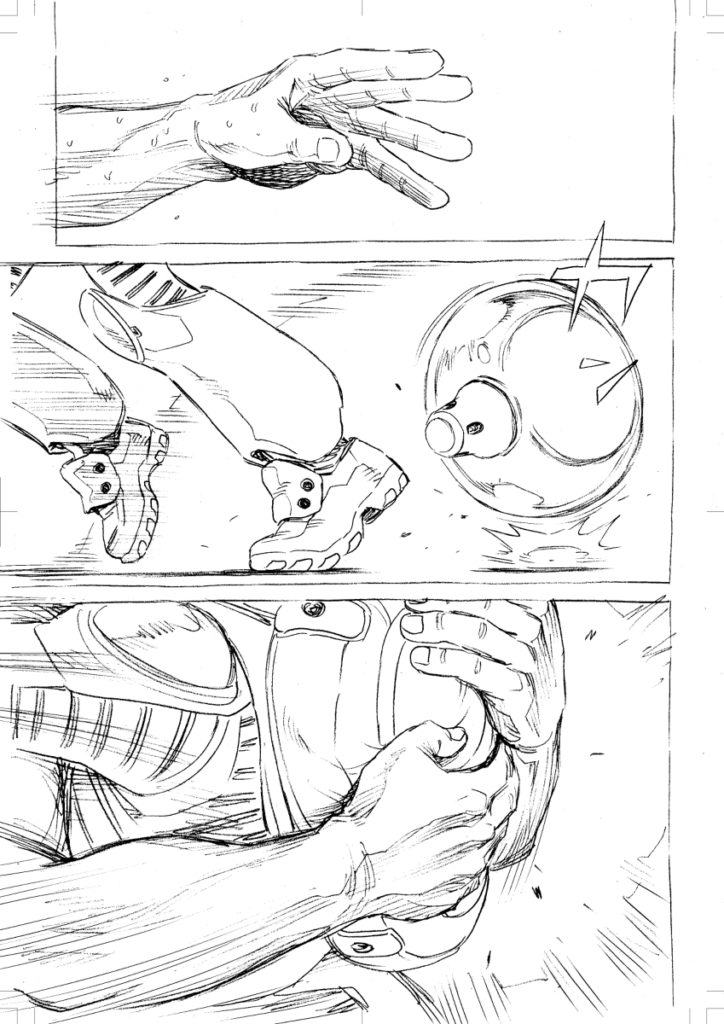
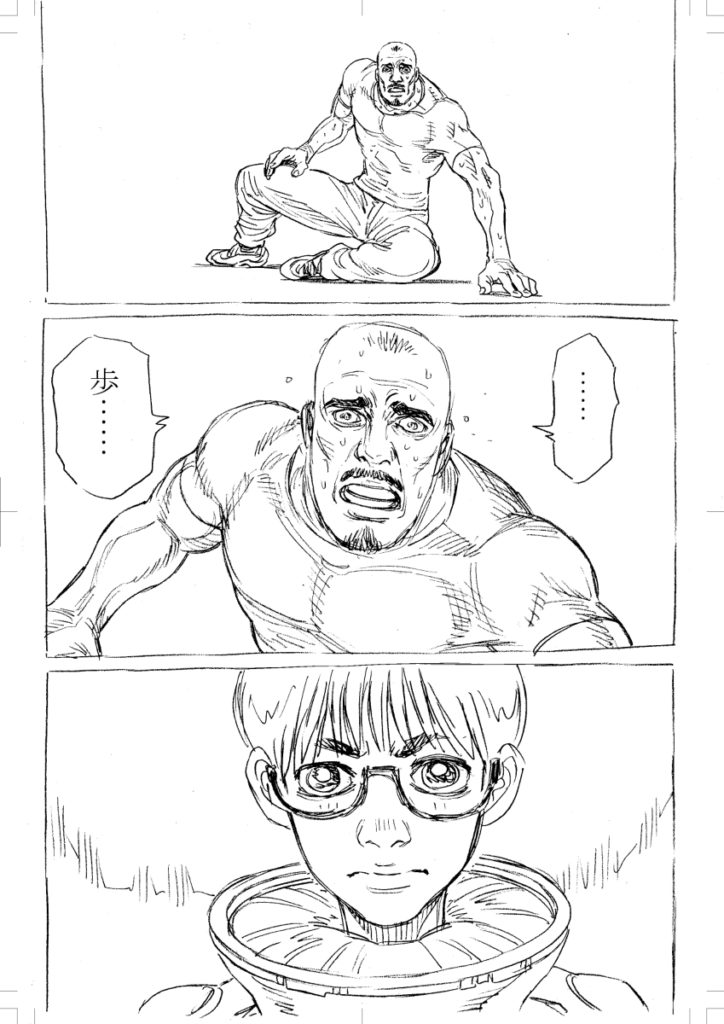
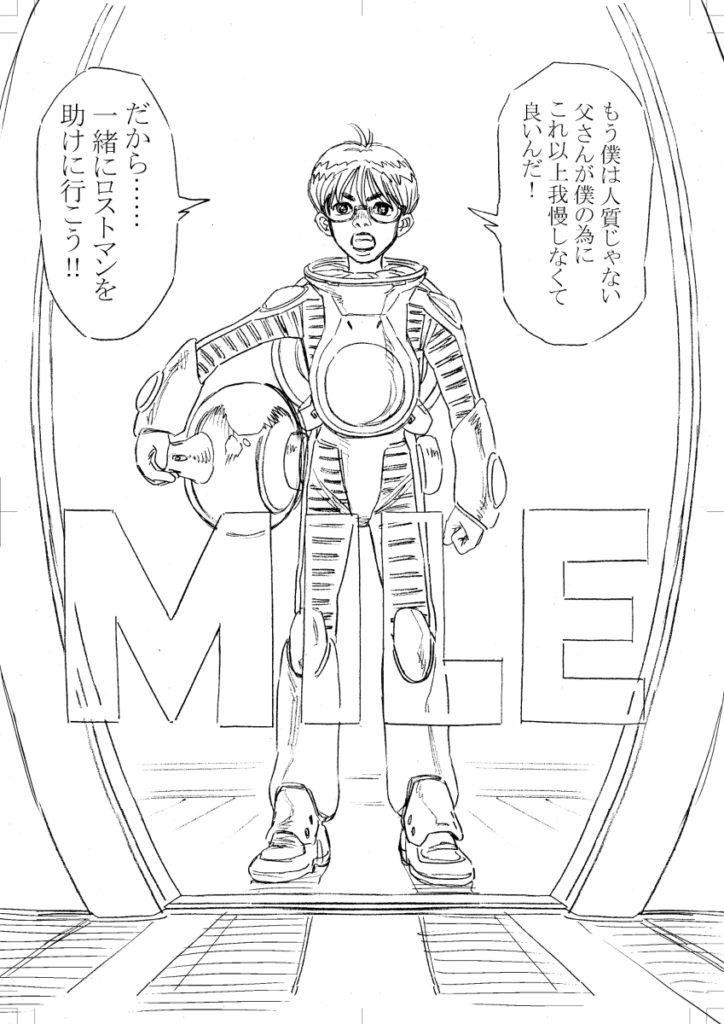
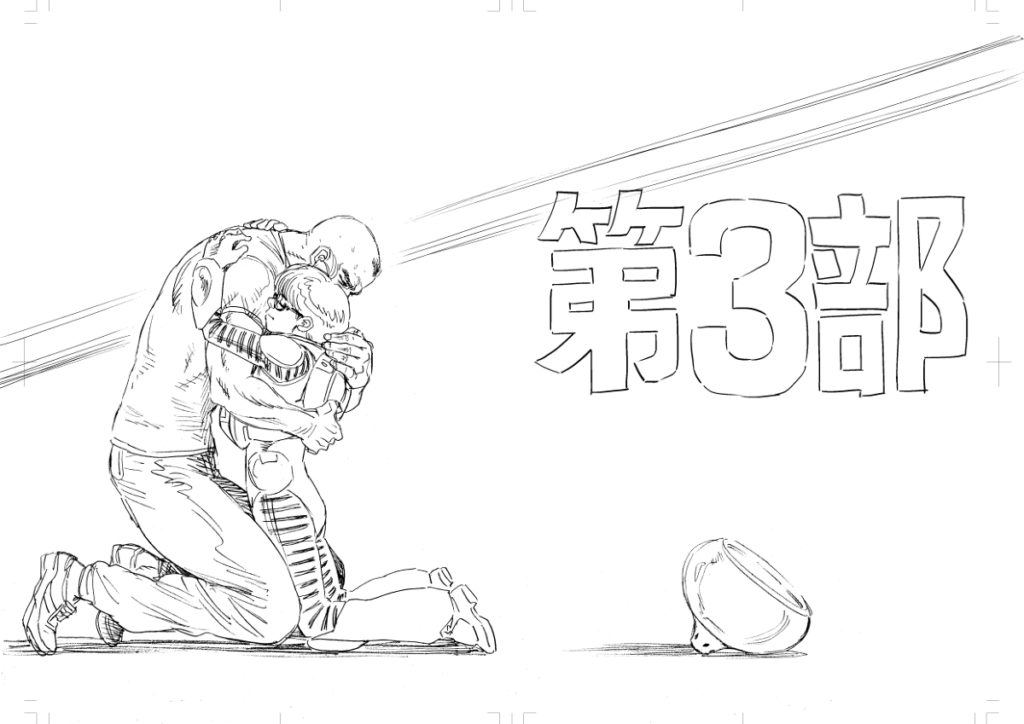
23:00 WildCATS, our comics language.
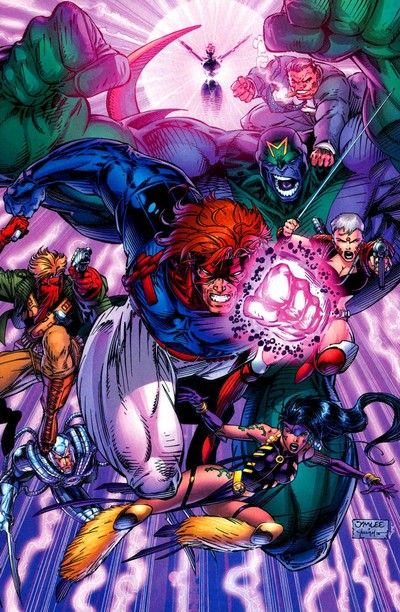
26:00 One of the things we didn’t dig quite as far into, and it REALLY jumped out when building the image gallery above of the first 8 pages, is that on PIXIV this story reads as a vertical scroll, and I think that the artwork and storytelling has been decided to work in that way primarily. You can really see it in the cinematic rhythm of that introduction, I just don’t think it works as well side-by-side like that as it does when you’re just scrolling down, since all of the panels tend to be full-width (only one exception), in a similar aspect ratio to a screen.
David mentions that it might be for ease-of-drawing issues, but this author seems like someone who does his research, and knowing that serialization will be online (and with manga chapters of completely different lengths), he’s just drawing in the way he’s most comfortable for himself. I think it’s probably a number of factors dovetailing together, and as the story goes on we get more broken up multi-panel ‘rows’, but it is a little surprising just how ‘vertical scroll’ this felt to me.
[Deb:] So the differences between drawing for vertical scroll comics came up a couple of times for me at San Diego Comic-Con this past week.
One was noticing how Mangasplaining fave creator Akiko Higashimura is exploring the medium in two stories that are now available on Webtoon and Tapas. A Fake Affair is on Webtoon (completed) – and Do You Remember Me?, which just started serialization on Tapas:

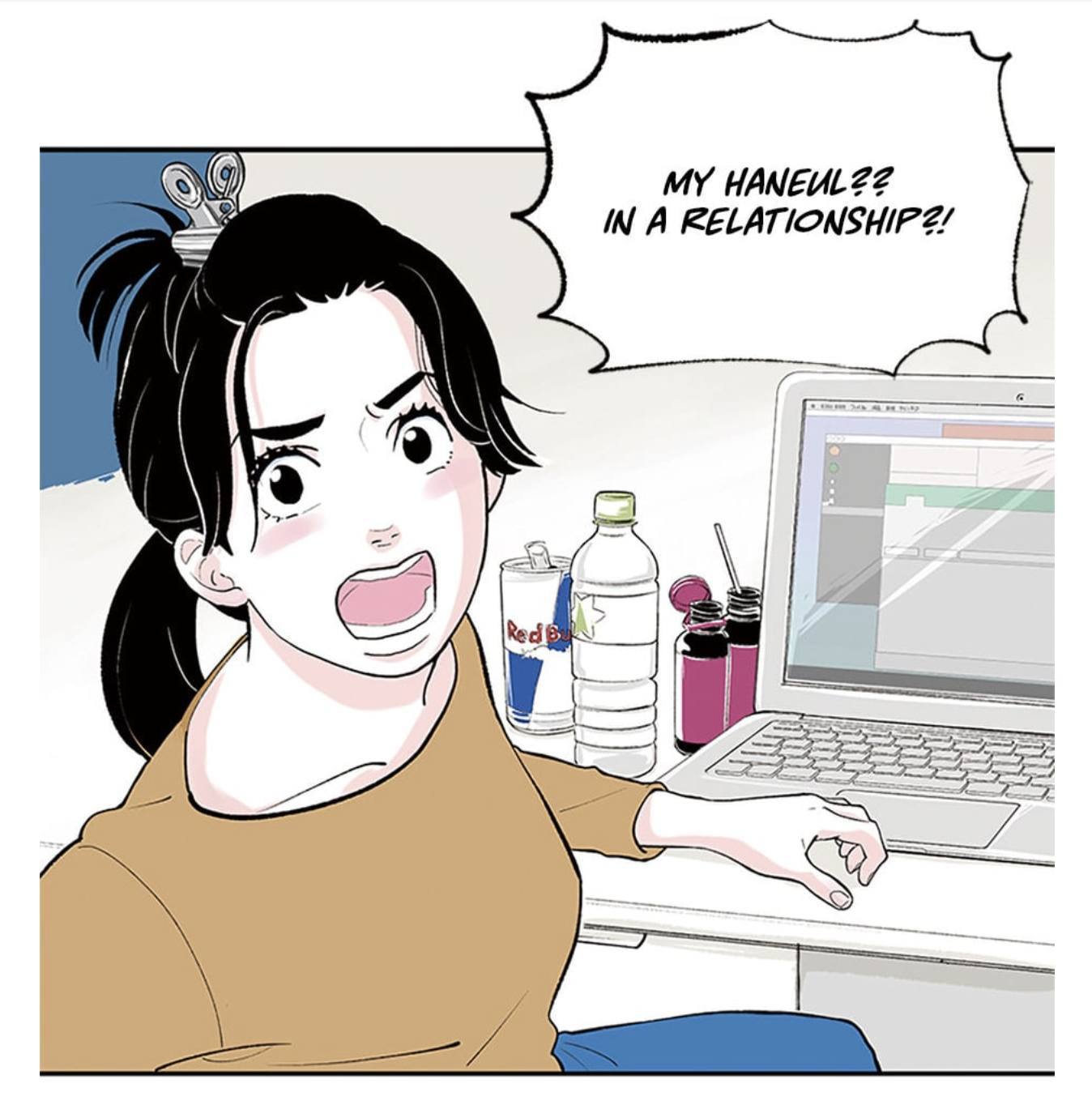
Adapting a comic that was originally published as a vertical scroll webcomic into a print book is a whole ‘nother challenge – one that Korean comics creators have been perfecting, largely thanks to webtoons. I got my grubby paws on a promotional-only print version of BL series Semantic Error by angy and J. Soori at Comic-Con, and it was a different experience than reading the scrolling version on Manta Comics: https://manta.net/series/1251
I also found (quite by accident) that Manta has published an English version of the first 2 volumes of Semantic Error as ebooks, via Kindle/ComiXology. The print version (for now) is just available as a promo giveaway via Manta though the various Semantic Error promotions they’re holding via social media. You can follow them at @MantaComics to stay on top of that.
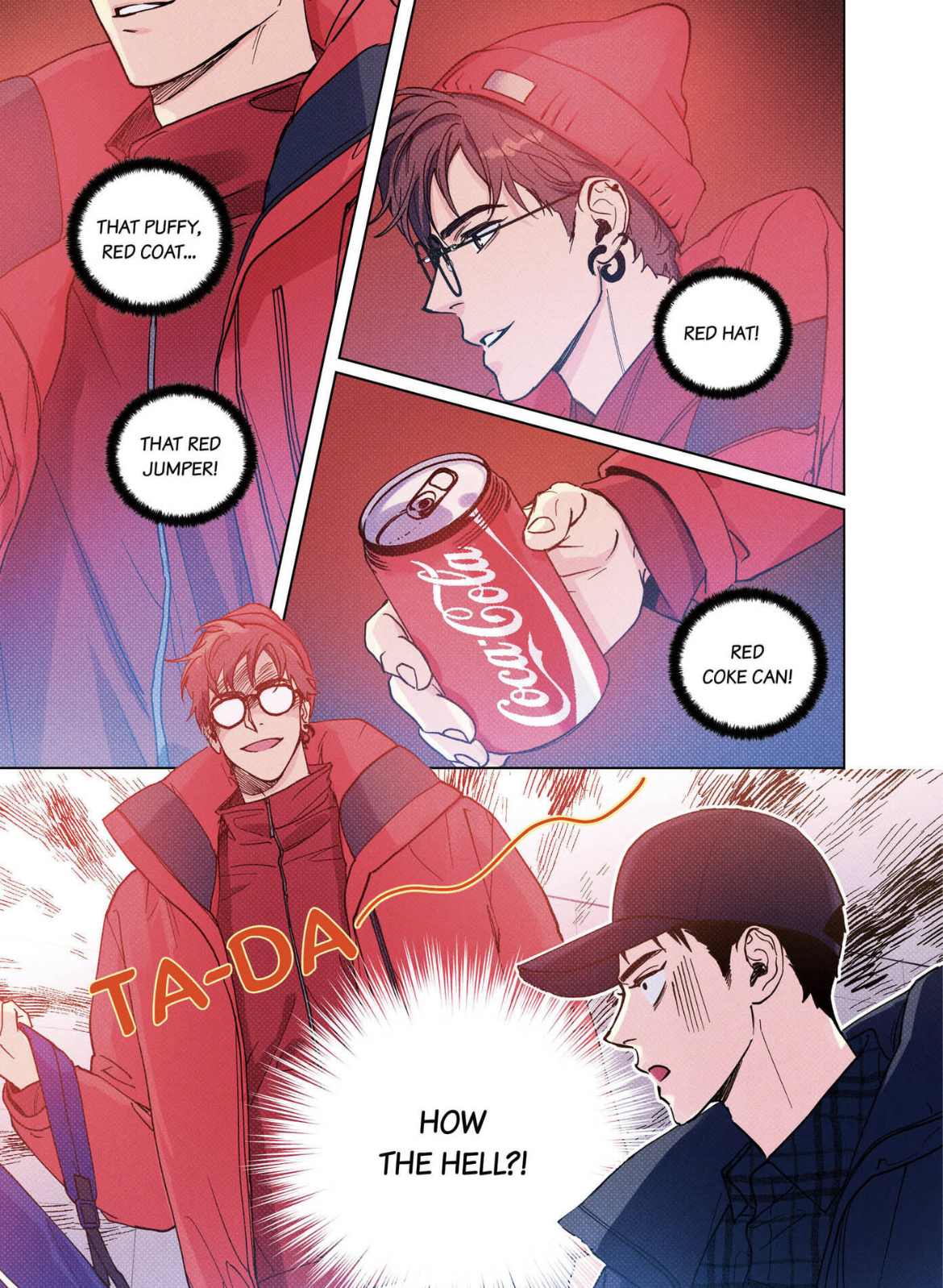
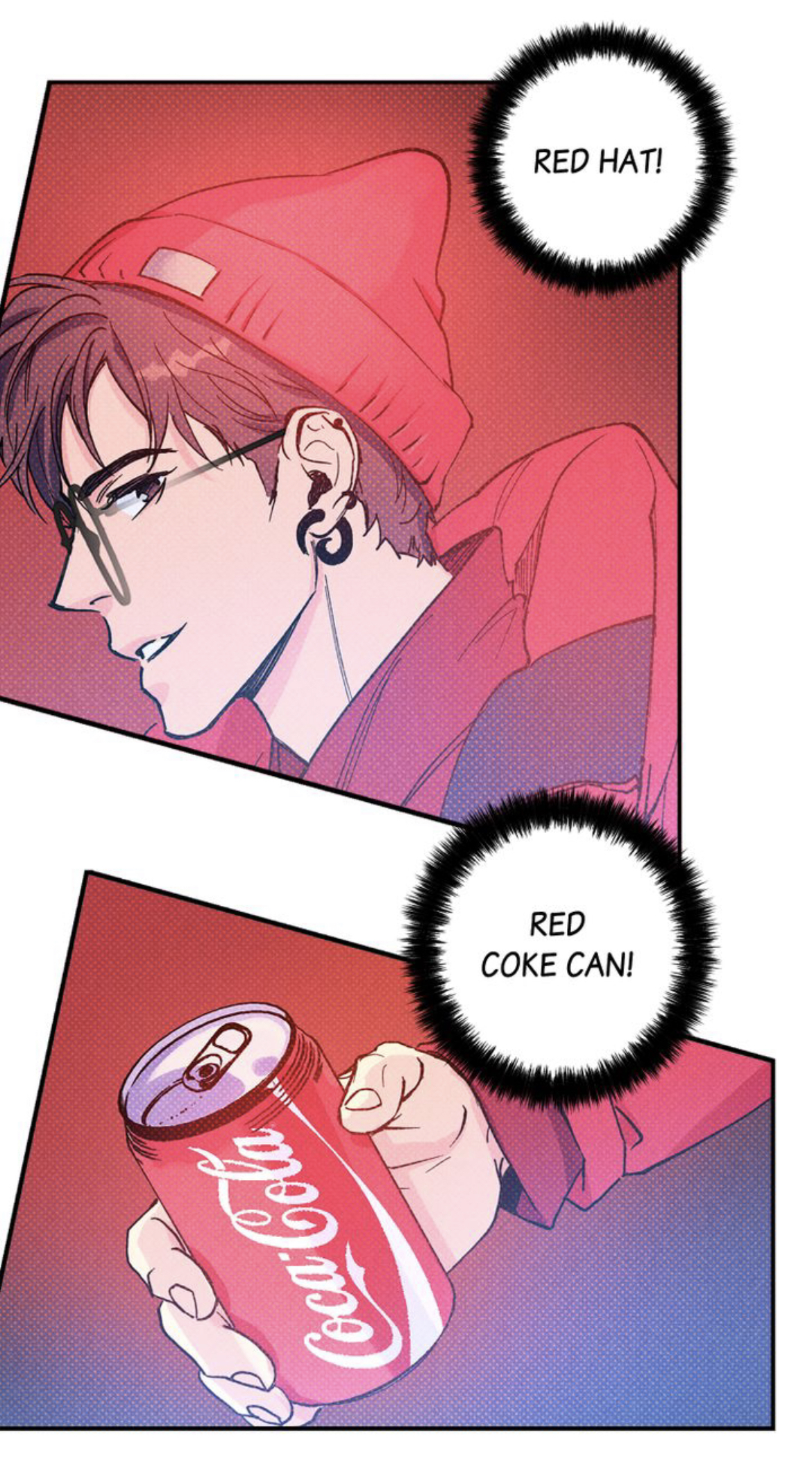
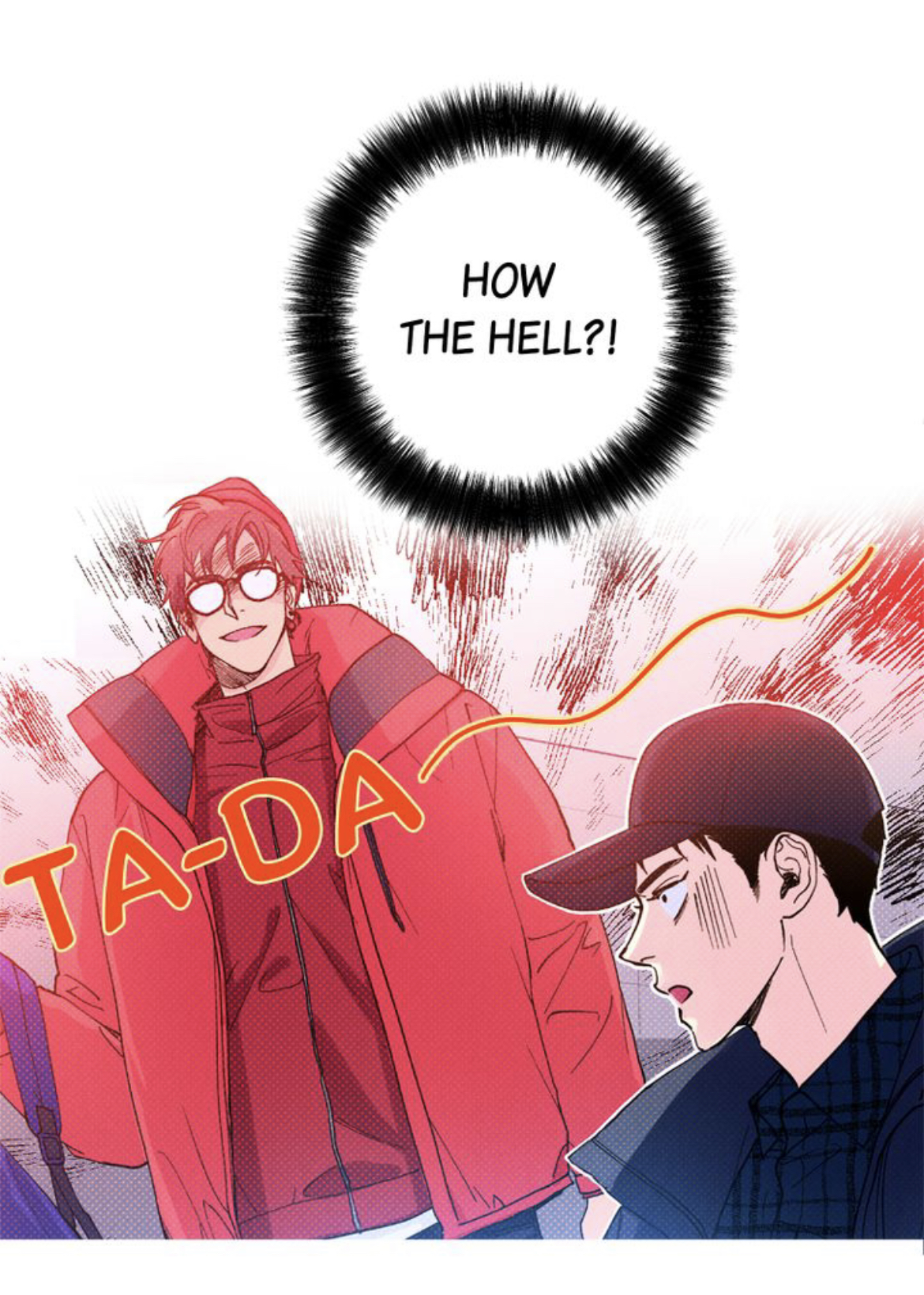
This is not just about Korean or Japanese comics either. I also did a panel interviewing Comic-Con special guest Miriam LIbicki, and she mentioned that she adjusted her art style for online comics because she realized that the artwork had to be clear and readable on a small, mobile device screen. As a result, she couldn’t do her usual style of very word-dense, detailed artwork that she usually creates for printed comics or books.
You can see the difference in her online comic essay that she did about the history of Soviet Jews, “How Soviet Jews Changed the World” for The Conversationalist:

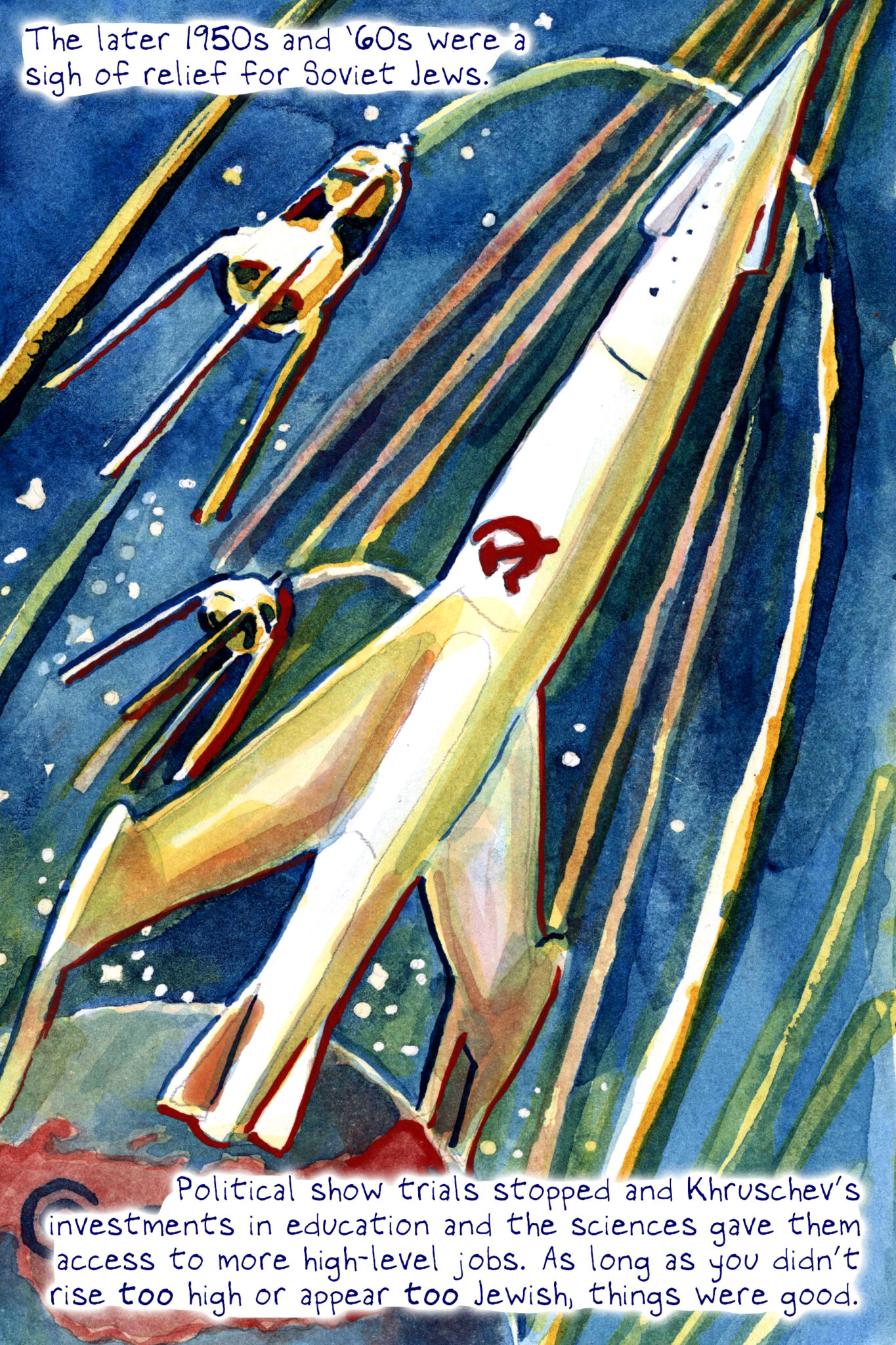
Compare that to a page from her current work-in-progress, Glasnost Kids (coming in print in 2024 from Fantagraphics):
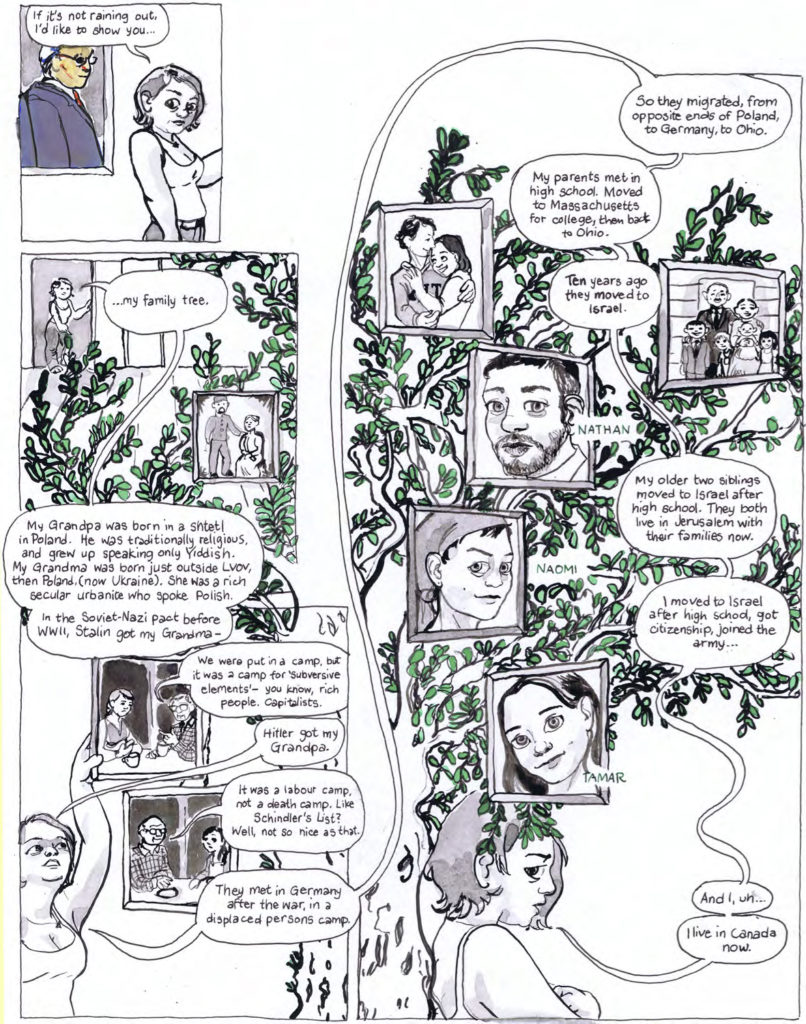
Anyway, the whole vertical scroll reading experience for comics / manga / webtoons is a hot topic in comics now, and we’ll likely see much more of this in the near future.
28:24 Deb is SO L.A.
30:45 Deb talks about Moonlight Mile’s Japanese serialization, and yeah, our lead looks pretty different on the cover of volume 12, from 11 or 12 years ago. We get a nice flashback in chapter 2 as well, alongside a truly beautiful and detailed drawing of our lead.
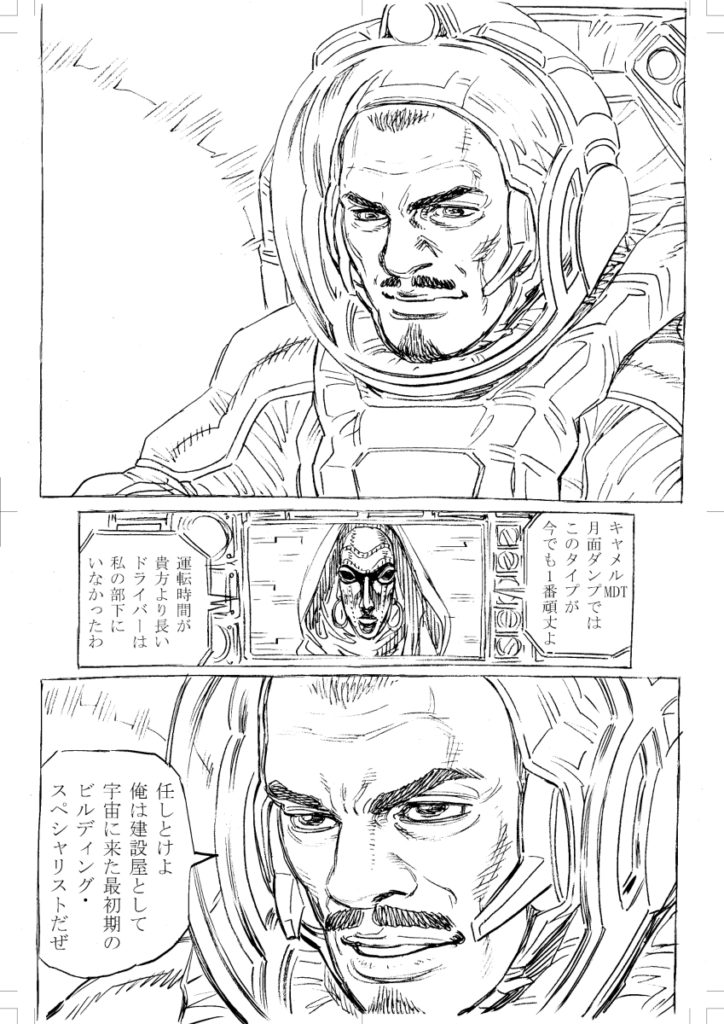
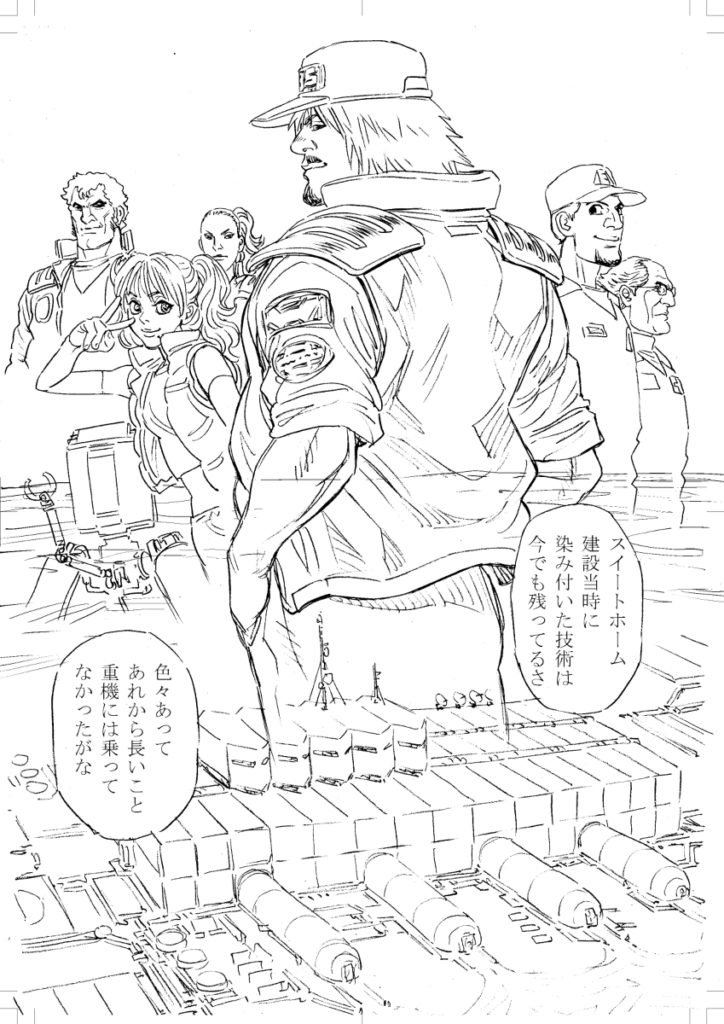
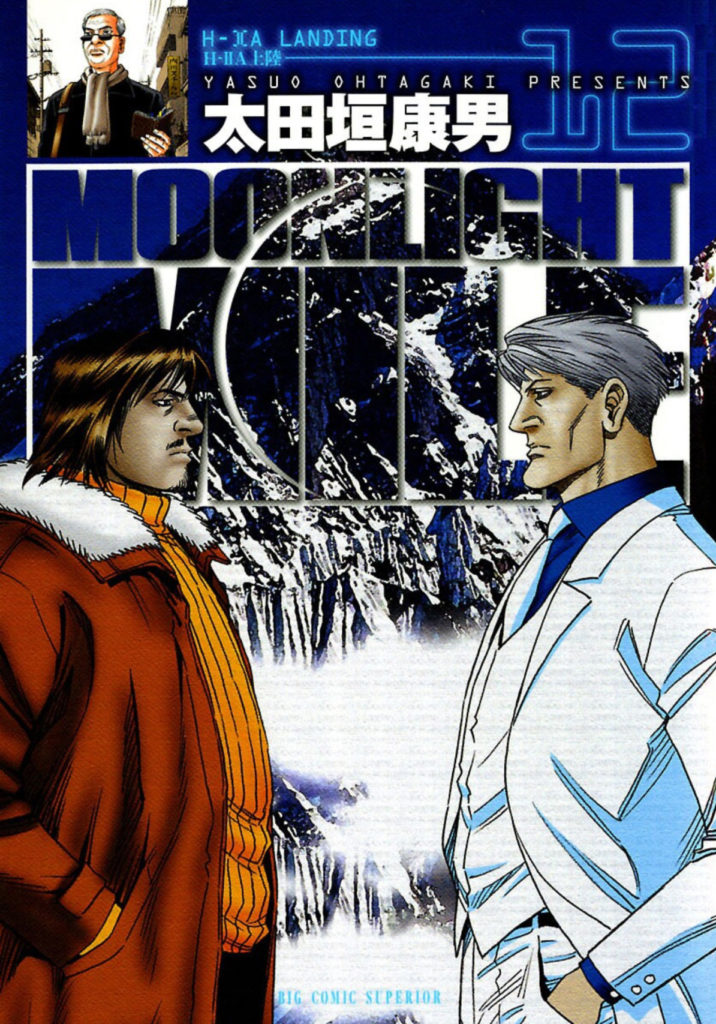
33:45 Busty pop-star girl is maybe my favorite illustration.
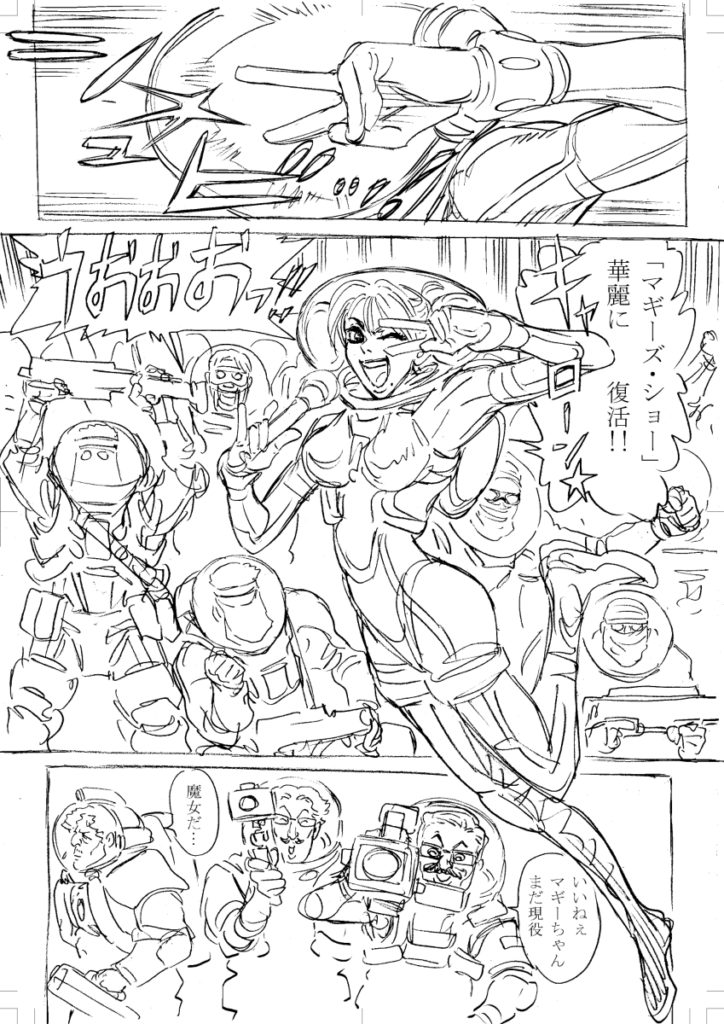
34:10 When mentioning Dark Horse Comics’ sci-fi manga, Deb mentions Planetes by Makoto Yukimura (creator of another Mangasplaining fave, Vinland Saga), a title which I love quite a bit and which has been recommended by our readers to cover here on the podcast QUITE A BIT. Unfortunately the title wasn’t in print for quite a while, and it looks like there’s no digital edition of it that Chip can read in the woods, but maybe next time he’s in town we can grab him a copy to read?
As for what Planetes is actually about: It’s basically an ecological fable about all of the crap we’re putting into space in orbit around the Earth (Starlink, anyone?) and how even a tiny piece of space garbage–a random nut and bolt–spinning around the Earth at incredible speeds can cause catastrophic havoc. It’s about the people that become “space garbagemen” basically, removing debris from orbit. It’s a very good manga, honestly! Go out and read it, it’s available as two omnibus volumes.
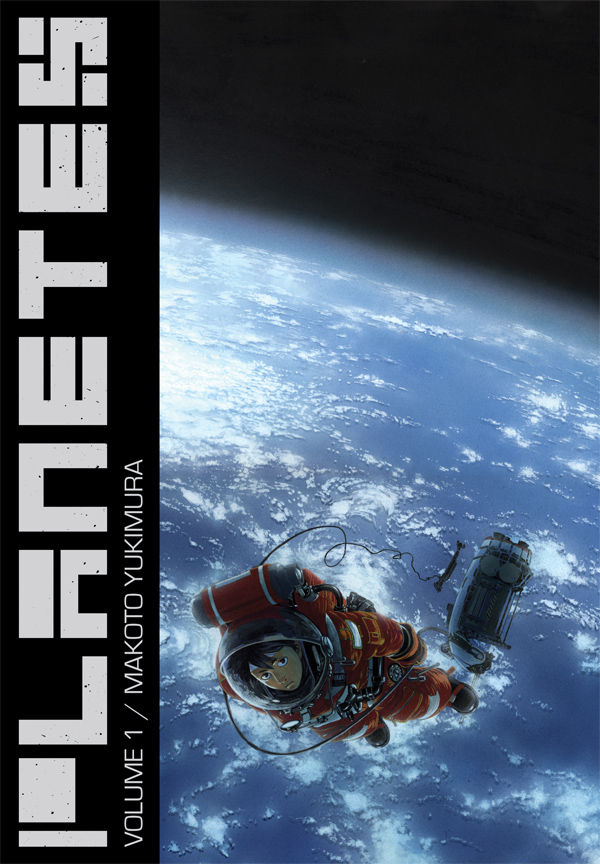
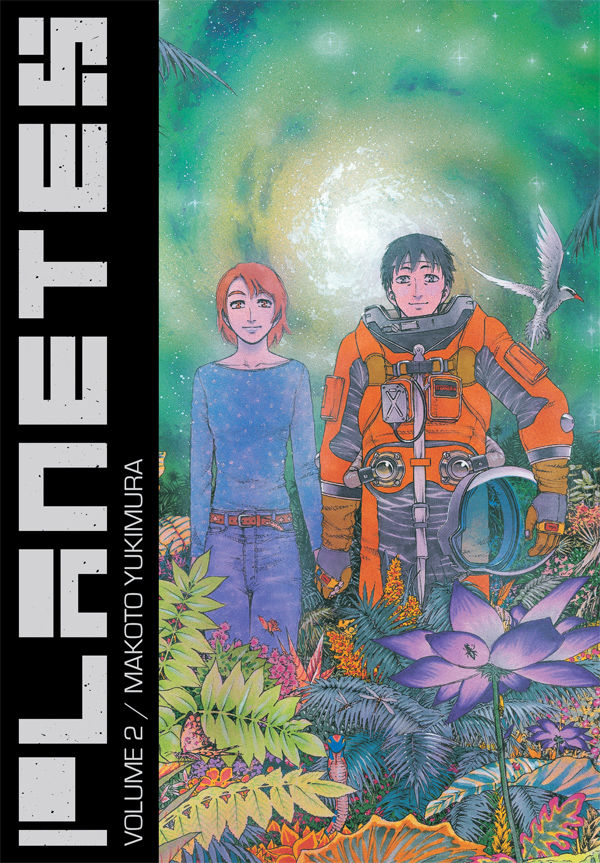
THAT SAID, the manga I was trying to say it reminded me a bit of is Two Faces of Tomorrow, by Yukinobu Hoshino, published by Dark Horse.
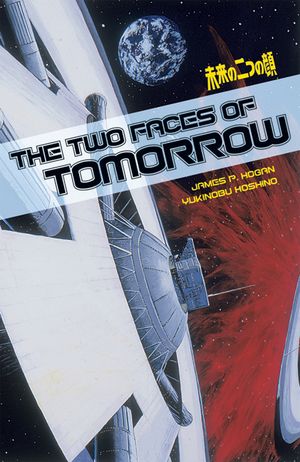
Here’s what Dark Horse has to say about it:
Adapted from James P. Hogan’s classic science-fiction novel by the award-winning Yukinobu Hoshino, The Two Faces of Tomorrow is hardcore science-fiction manga at its best.
Midway through the Twenty-first century, an integrated global computer network manages much of the world’s affairs. A proposed major software upgrade—an artificial intelligence—will give the system an unprecedented degree of independent decision-making power, but serious questions are raised in regard to how much control can safely be given to a non-human intelligence. In order to more fully assess the system, a new space-station habitat—a world in miniature—is developed for deployment of the fully operational system, named Spartacus. This mini-world can then be “attacked” in a series of escalating tests to assess the system’s responses and capabilities. If Spartacus gets out of hand, the system can be shut down and the station destroyed . . . unless Spartacus decides to take matters into its own hands and take the fight to Earth.
Dark Horse Comics
So yeah, this is the same creator that did the sci-fi manga 2001 Nights released but VIZ back in the dark ages of the early 1990s. That book is long out of print and difficult to track down, by the ‘hard sci-fi’ Two Faces of Tomorrow can still be ordered online or found on the dusty racks of your local comic book shop.
37:10 Yup, there is a 100 chapter-a-day limit on the Shonen Jump app. That’s the equivalent of reading about 12-14 volumes of manga a day. That’s a lot.
[Deb:] It’s VIZ Media’s way of saying “put down your phone and go outside, weeb!”
[Christopher:] I believe the kids are saying ‘touch grass’ to express that sentiment.
49:30 David mentions Katsuhiro Otomo and Masamune Shirow, with a reference to this shot of trucks coming out of an underground garage (chapter 2 or 3):
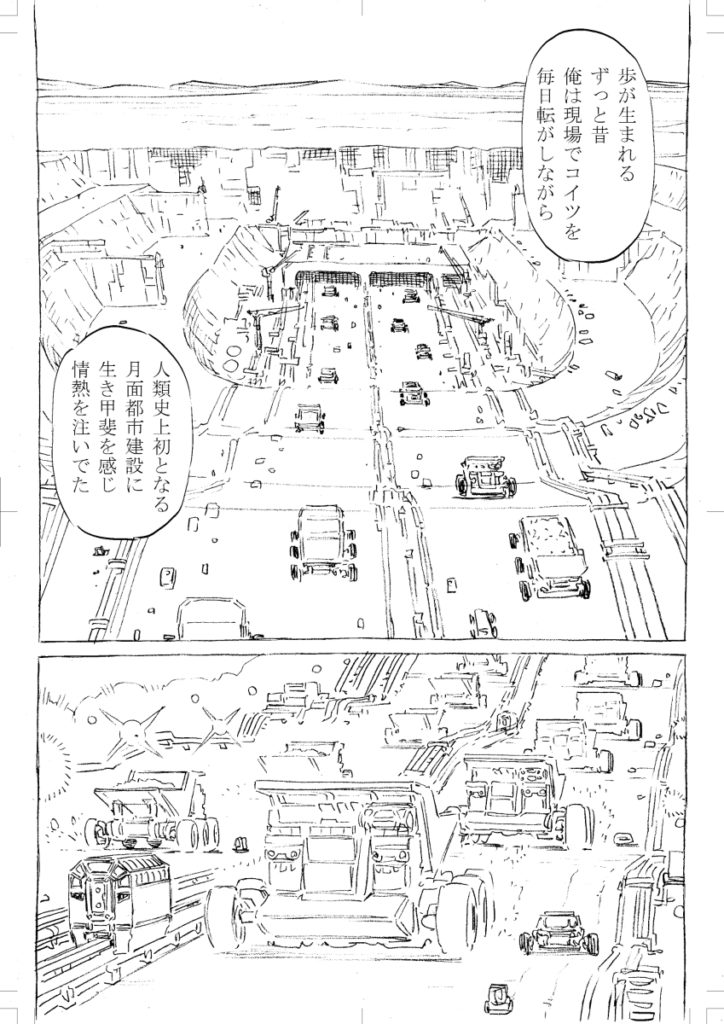
Just as a quick reminder, Katsuhiro Otomo is the creator of AKIRA, which we’ve been reading a volume of every 25 episodes or so, and Masamune Shirow is the author of hit series’ including Ghost in the Shell, Dominion, Appleseed, and more. They’re both known for having detailed technology and backgrounds in their work.
And that’s Moonlight Mile! Let’s go out on this astounding fan-video that was made to promote Moonlight Mile Season 3. This creator animated a sequence based on Otagaki-sensei’s pencils(!) from the first few pages, and even created some 3D mech and vehicle designs. He’s got a bunch of these on his channel. Fan-work on this level is truly incredible.
https://www.youtube.com/watch?v=XueRjkM9_dg (Can’t embed it, sorry!)
50:20 THE BREAK!
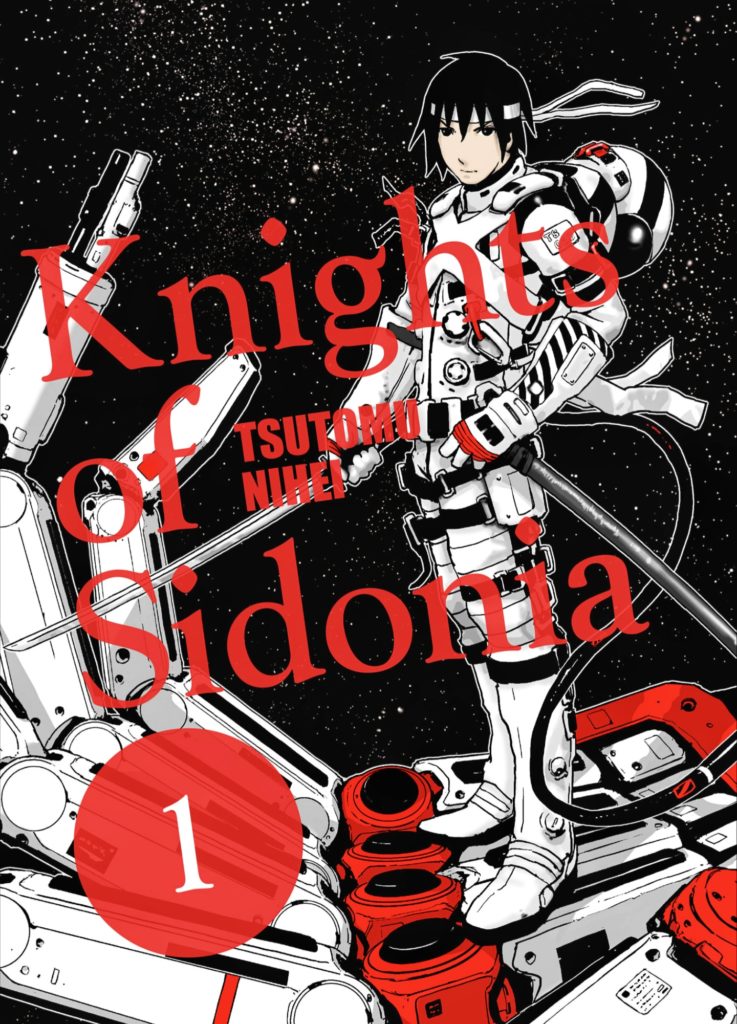
ComiXology Manga Must-Reads
Knights of Sidonia Volume 1
By Tsutomu Nihei
Translation by Kumar Sivasubramanian
Production by Grace Lu, Nicole Dochych, and Daniela Yamada
Published by Kodansha (Print/Digital)
Check out Knights of Sidonia Volume 1 on ComiXology Unlimited. If you’re new to ComiXology Unlimited, give it a try with a 30-day free trial.
51:00 Here’s how Kodansha describes Knights of Sidonia:
Outer space, the far future. A lone seed ship, the Sidonia, plies the void, ten centuries since the obliteration of the solar system. The massive, nearly indestructible, yet barely sentient alien life forms that destroyed humanity’s home world continue to pose an existential threat. Nagate Tanikaze has only known life in the vessel’s bowels deep below the sparkling strata where humans have achieved photosynthesis and new genders. Not long after he emerges from the Underground, however, the youth is bequeathed a treasured legacy by the spaceship’s coolheaded female captain.
Kodansha
51:30 This is one of the first times we’ve gone back to a title at all, and the first time we’ve dug back into something we covered briefly. As mentioned, we did cover this title as part of our Nihei retrospective… but only 1 chapter then. This time, we’re reading the entire first volume.
52:30 Deb is right in that this feels a lot more commercial, than some of Nihei’s other work, meaning in this case, mech-oriented, and featuring some fan service.
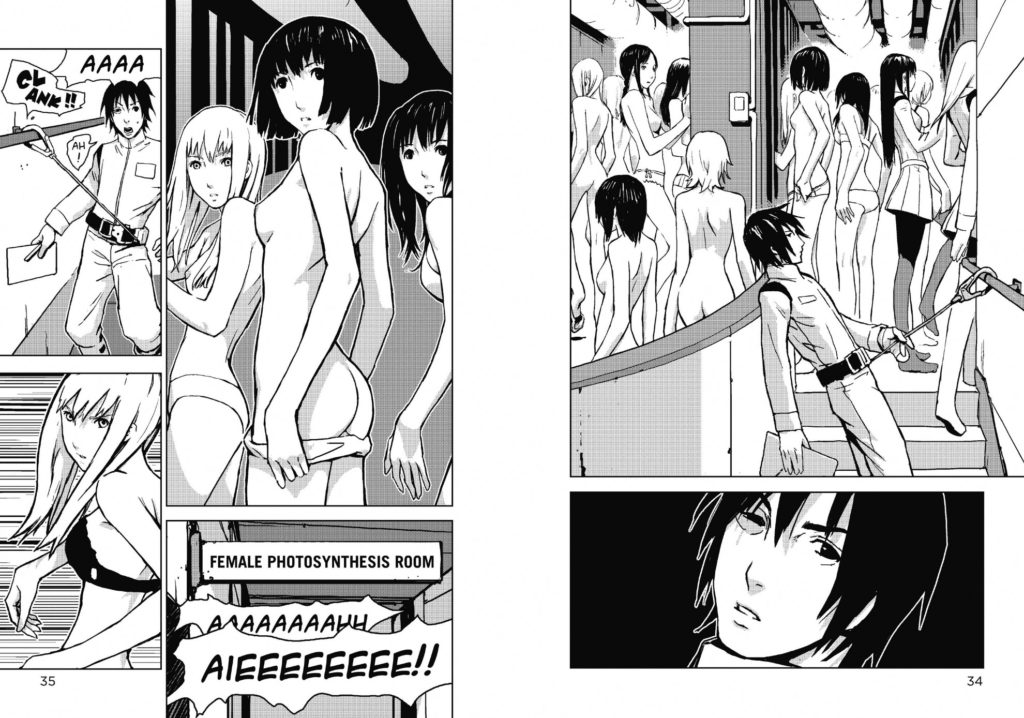
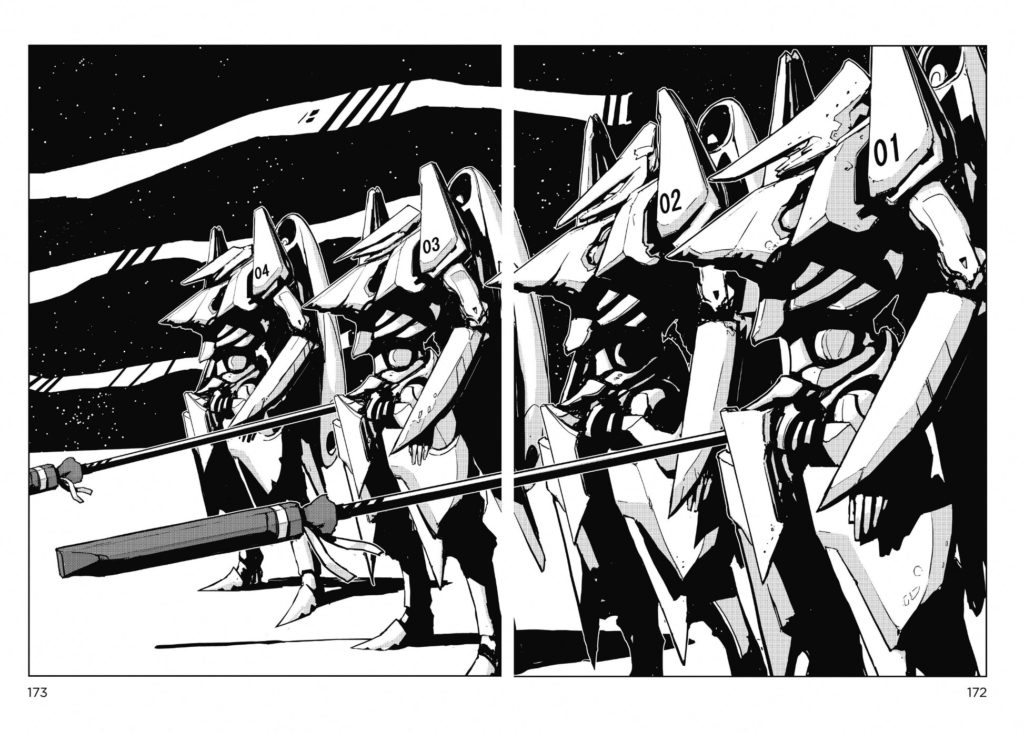
54:30 As mentioned setting up a stuck-up rival is a big part of the conflict in this first volume. The “Why did THAT guy have to get the good robot?” guy is, as David might say, straight out of central casting.
56:00 Deb talks about how the robots and the gauna (the bad guys), are diametrically opposed, tech and hard lines versus organic squishy bits.
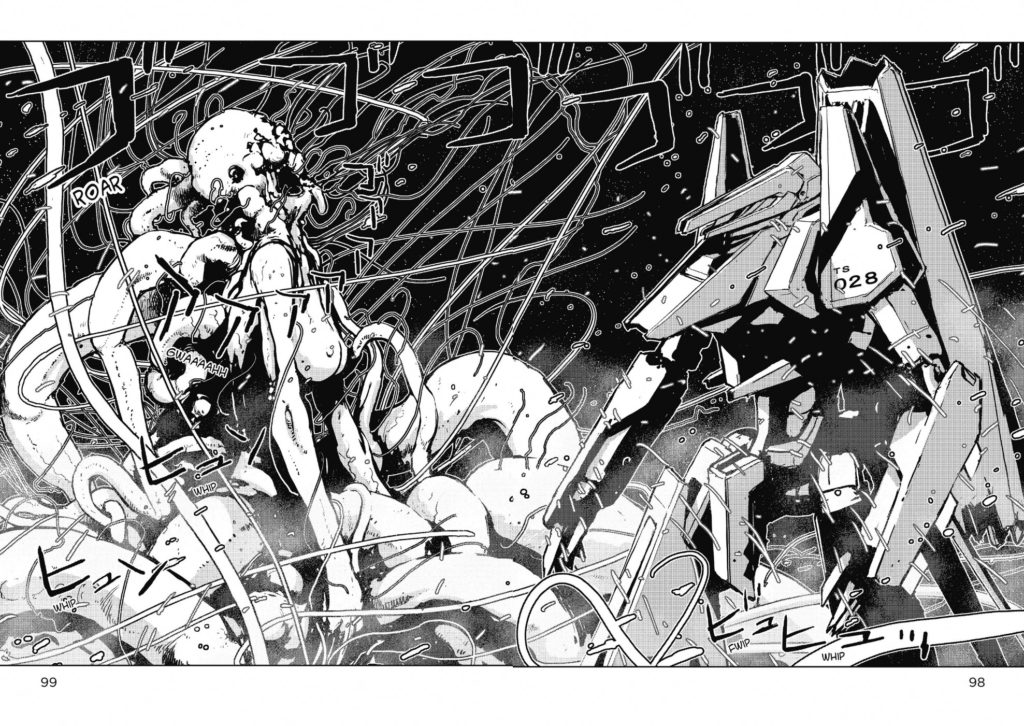
58:30 The action sequence where our protagonist Nagate hits his rival with his crutch IS a pretty great action sequence, and hitting someone with a crutch is funny.
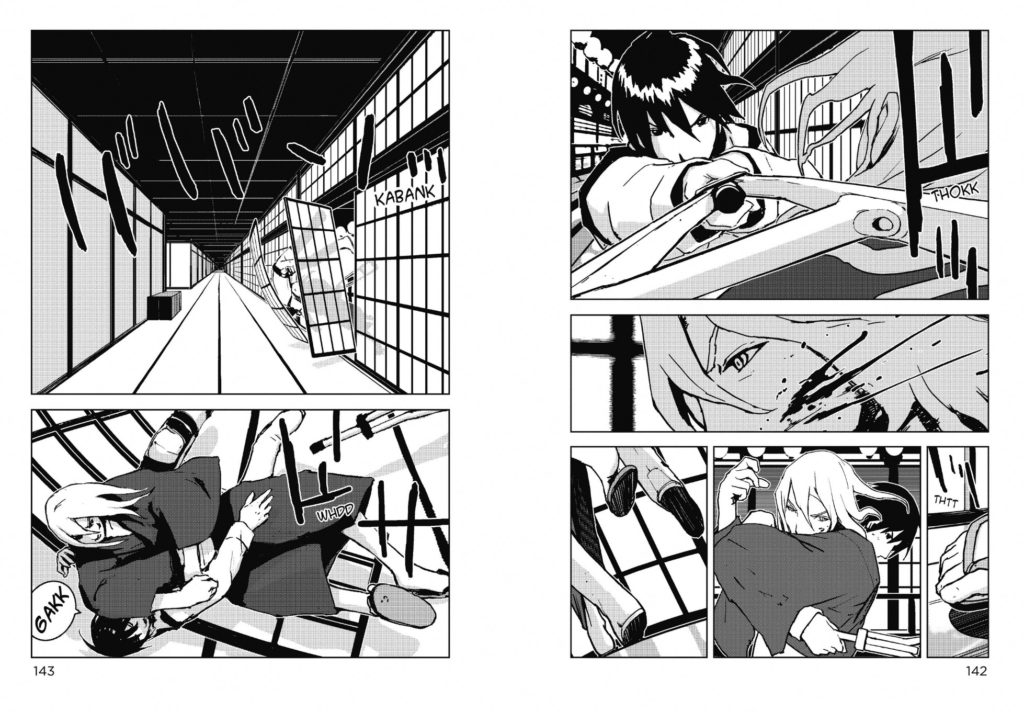
1:00:10 Biomega is WILD.
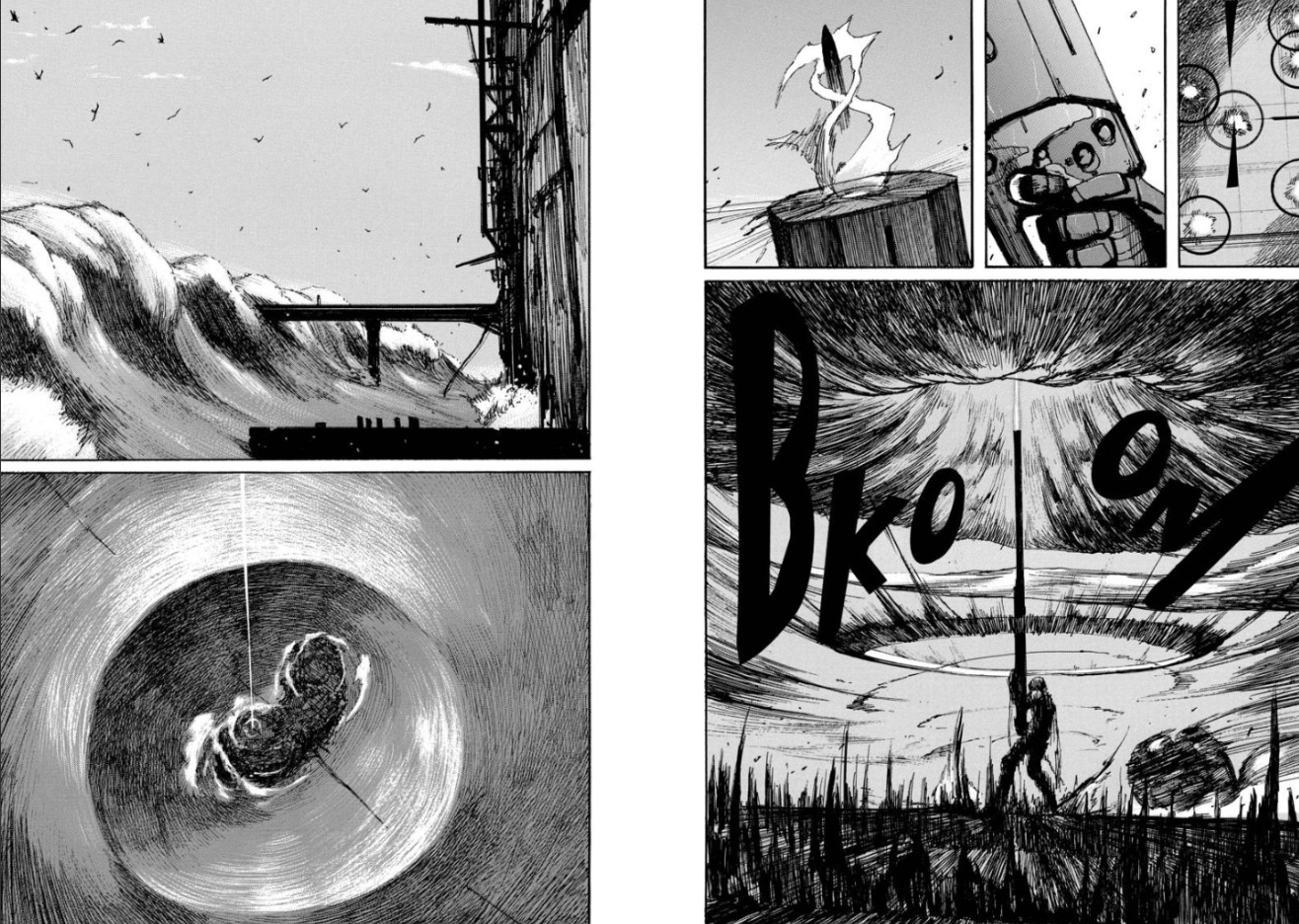
[Deb:] Whoah, what? Biomega is no longer listed on VIZ Media’s website. I guess that means it’s out of print, and if you want to read it… well, I guess you gotta look for it on the secondary market now, since it’s not available as a digital release either.
[Christopher:] Oh wow! I just checked and VIZ’s OTHER Nihei title, Abara, is also no longer listed on their website. Maybe a change of ownership in Japan? Huh. Hopefully that means a new edition is on its way.
1:00:55 David calls out one of his favourite moments, where we see a human in scale with the robots for the first time, and it gives a sense of the immensity of the undertaking.
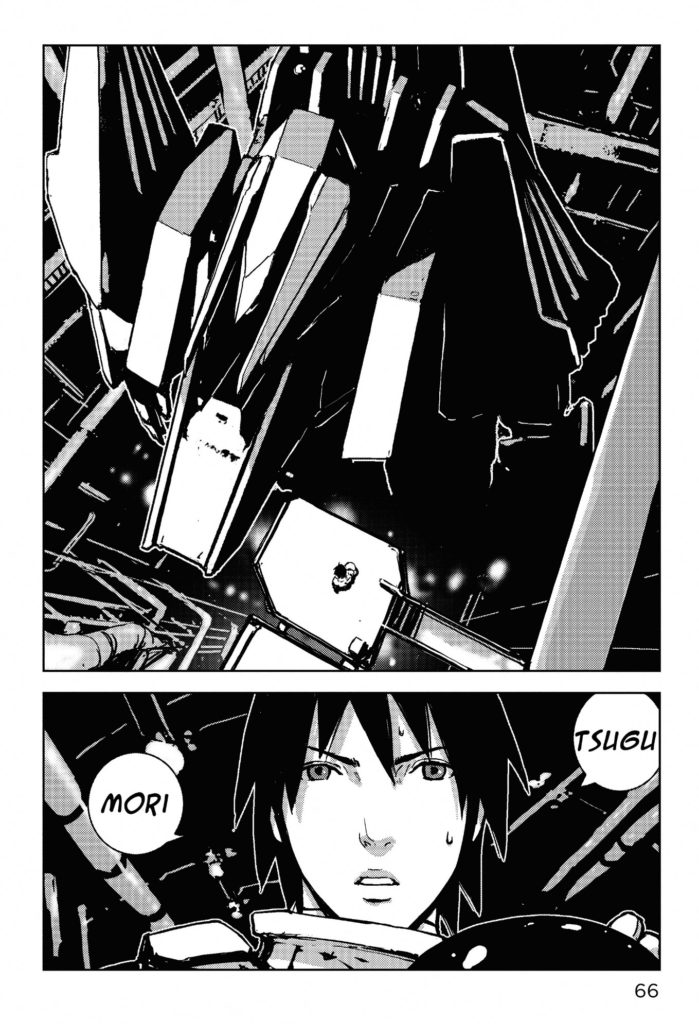
1:01:40 David also mentions the city spread as being a huge part of what Nihei brings to the table, in terms of scale and scope.
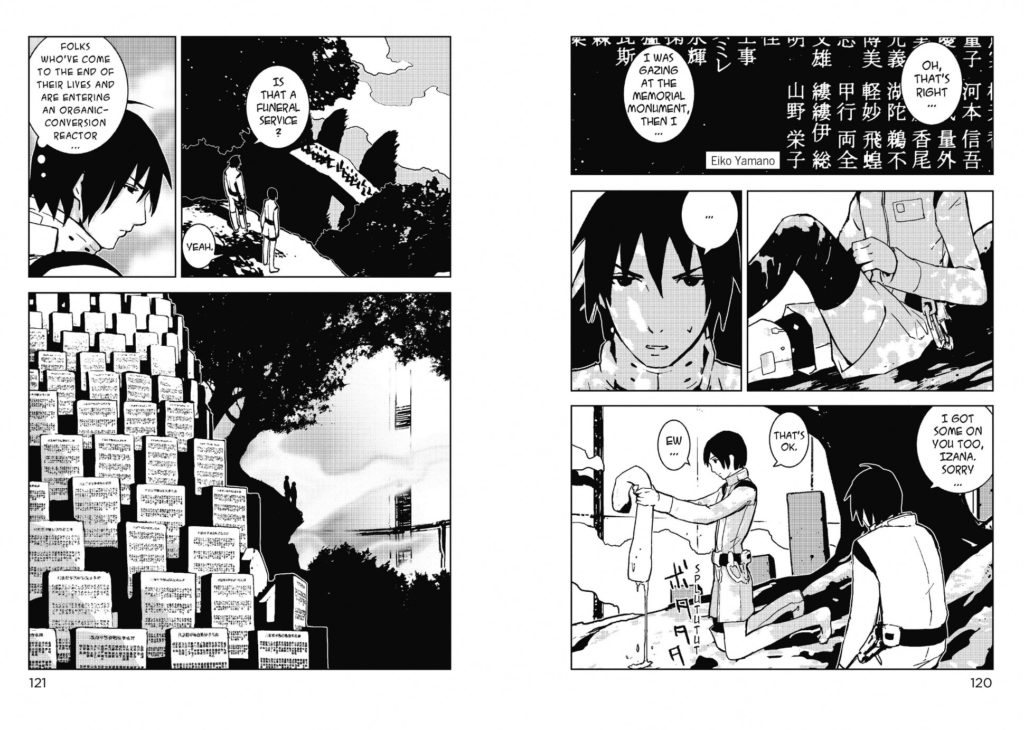
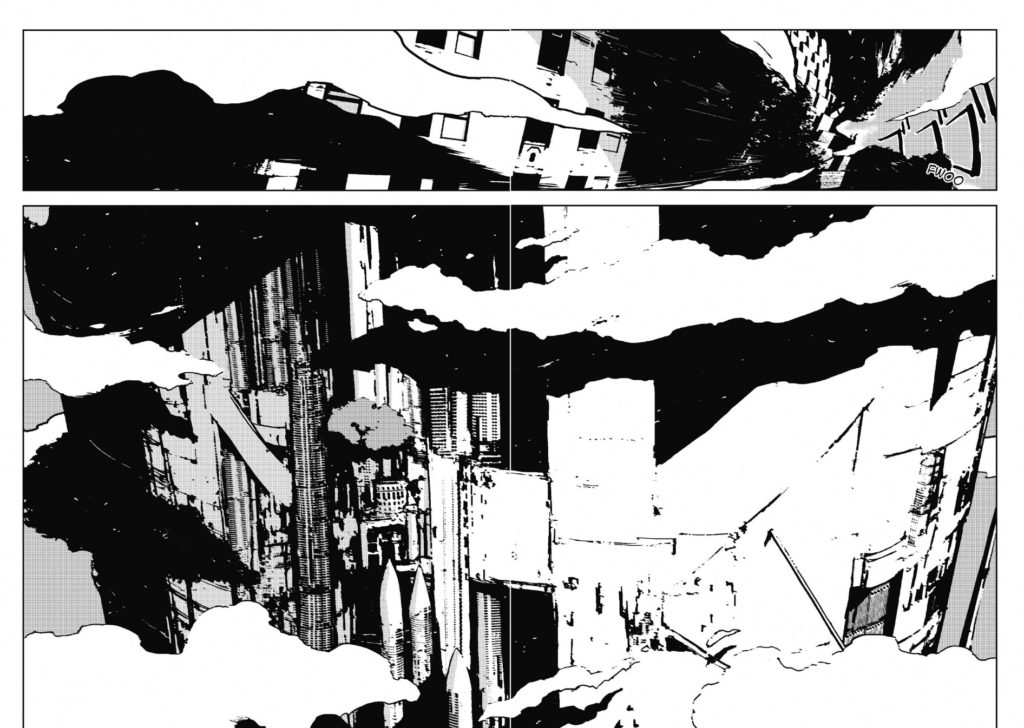
I actually liked this quiet moment, which also showed off the scale of this comic.
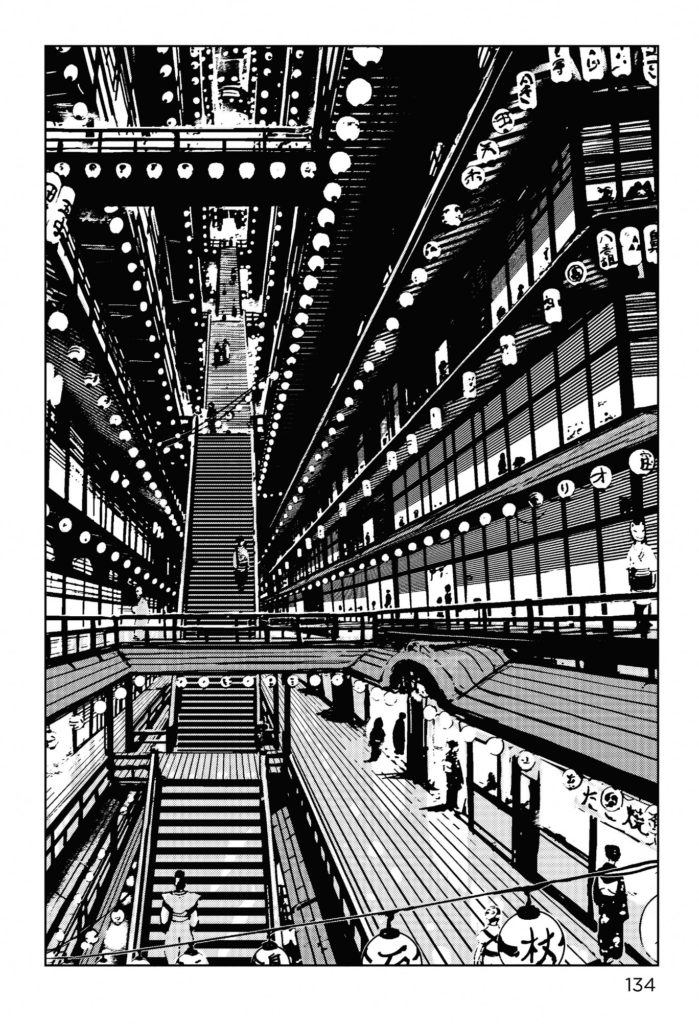
1:02:35 Deb graciously shared the image from the shikishi that Nihei drew for her, when he met her at San Diego Comic-Con in 2016.
[Deb:] It’s definitely not what I expected to get when I asked him for a sketch, but in retrospect, it is such a Tsutomu Nihei drawing, maybe I shouldn’t have been surprised?
My interview with Tsutomu Nihei from San Diego Comic-Con is available to read at Anime News Network. In this interview, he does talk about the evolution of his art style in Knights of Sidonia:
When I transitioned from drawing Biomega to creating Knights of Sidonia, my thinking was that I wanted to make something that was more accessible, and easier for people to read and enjoy.
-Tsutomu Nihei
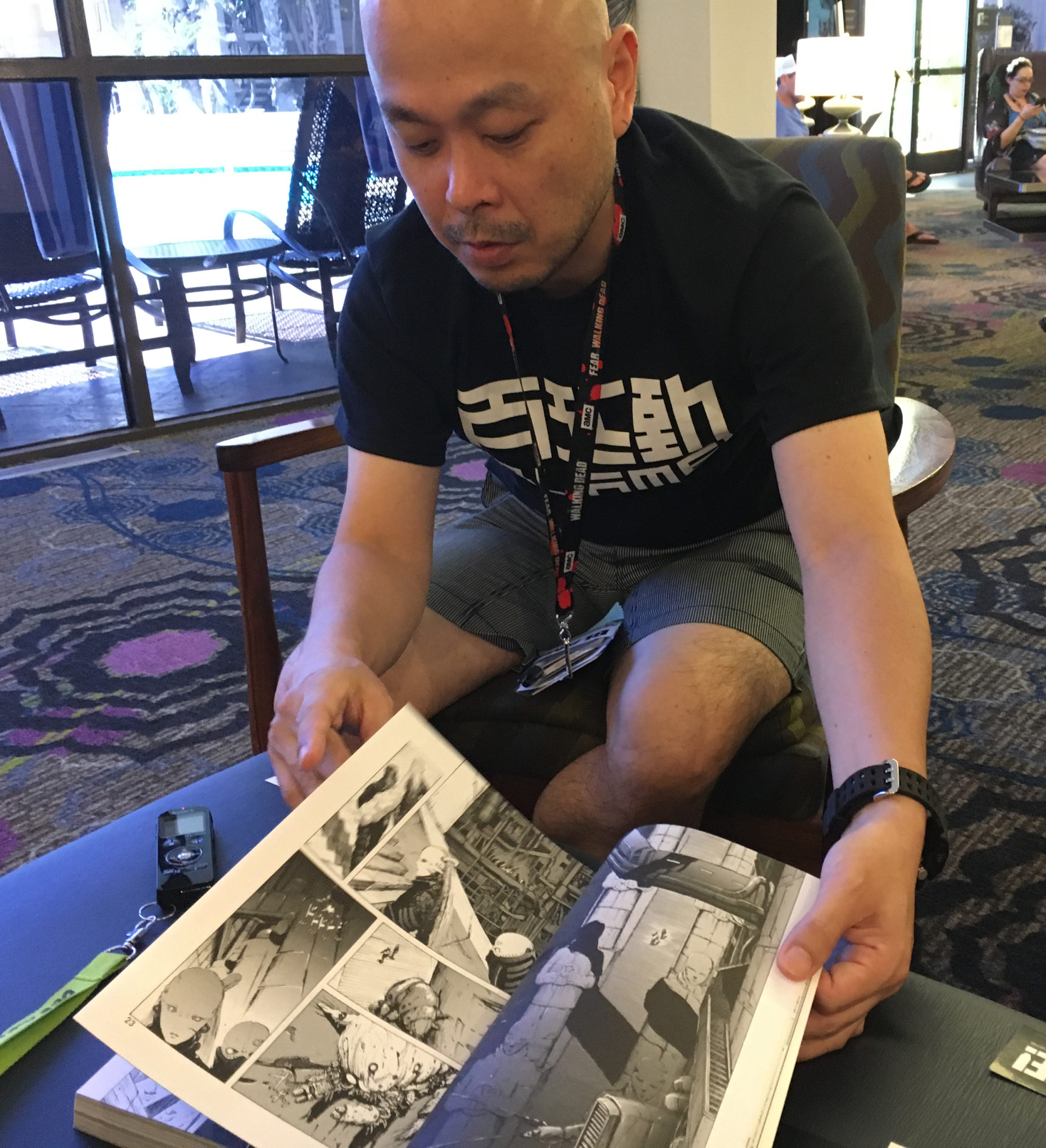
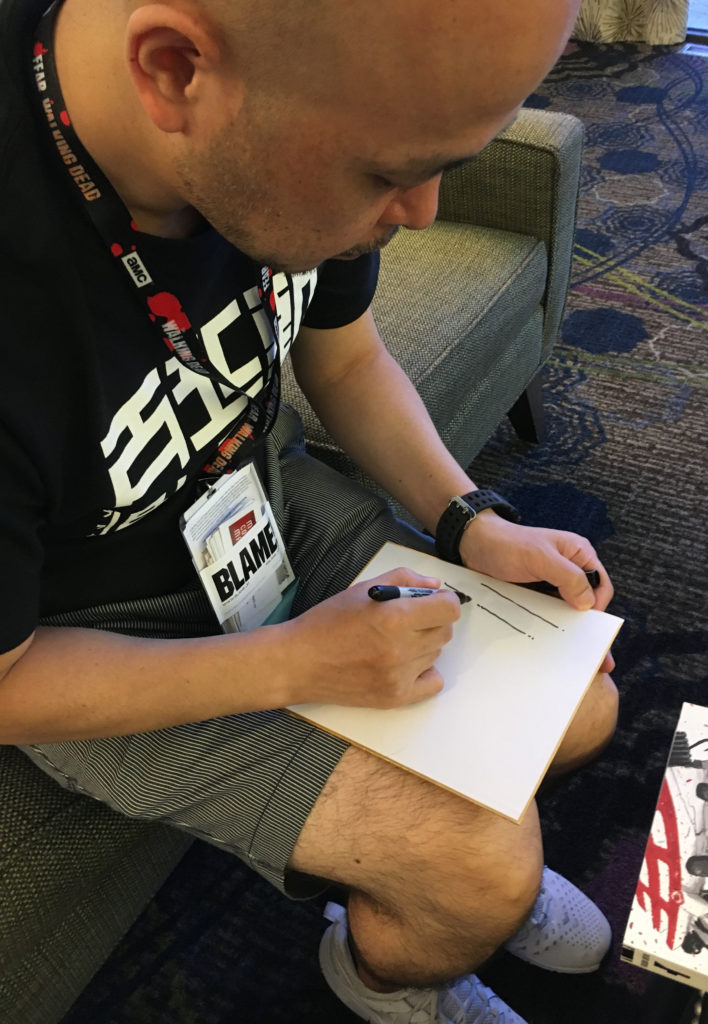
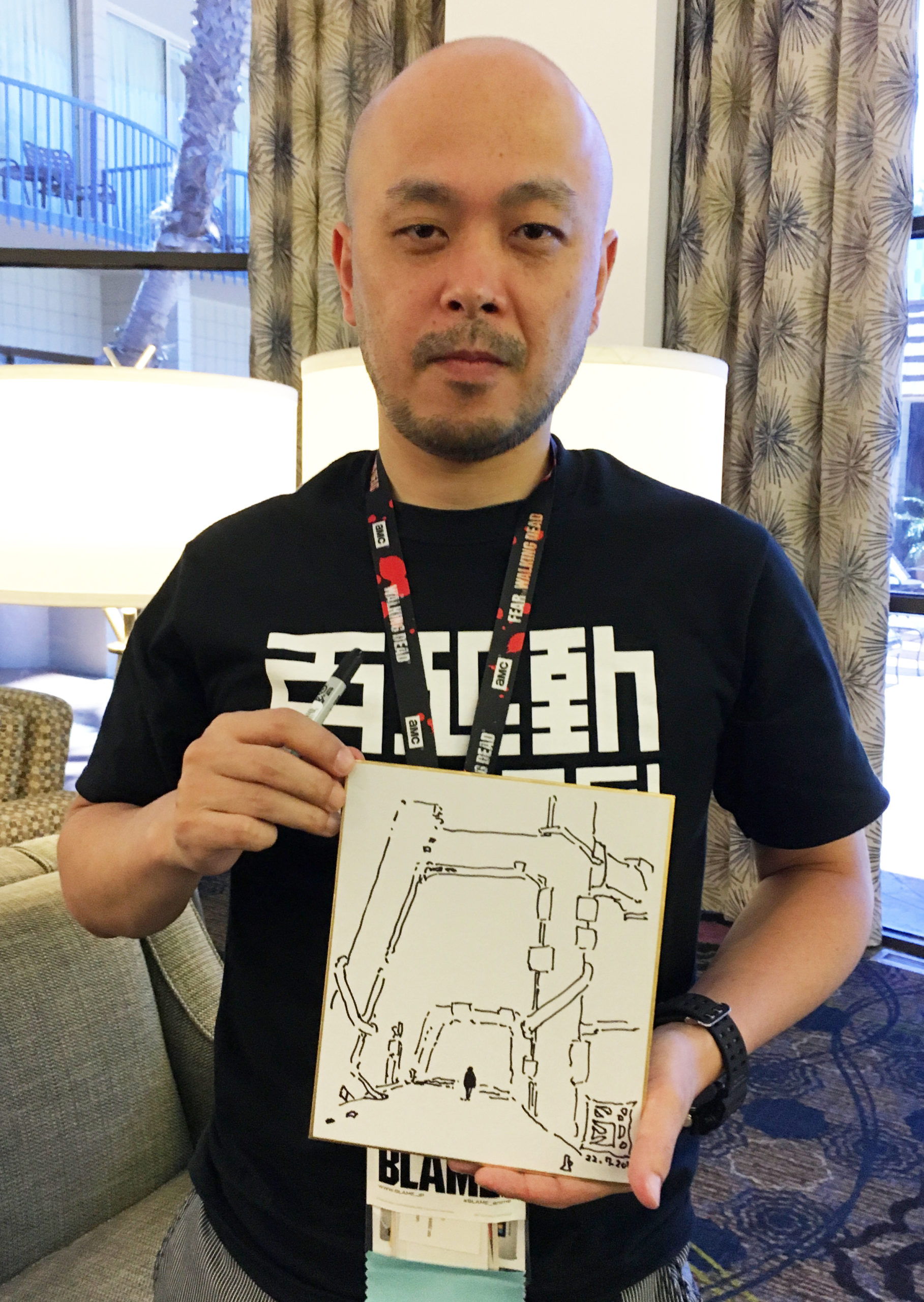
And that was our Manga Must-Reads close look at Tsutomu Nihei’s Knights of Sidonia Volume 1. The complete Knights of Sidonia series, along with over 6000 more titles, is available now on Comixology Unlimited. If you’re new to Comixology Unlimited, get a 30-day free trial when you sign up today at amazon.com/comixologyunlimited.
1:03:26 SECOND BREAK!
And now it’s time to pick NEW BOOKS!
Deb picks: Chi’s Sweet Home vol 1 (omnibus) by Konami Kanata (Kodansha)

Christopher picks Our Colors, by Gengoroh Tagame (Pantheon)
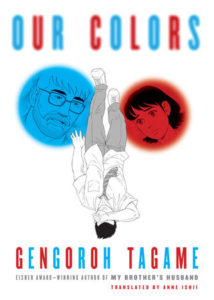
David picks Mob Psycho 100 vol. 1 by ONE (Dark Horse)
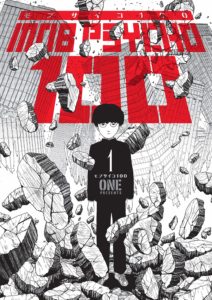
That means our upcoming episodes look a little something like this:
Episode 72: Witch Hat Atelier vol 1, by Kamome Shirahama (Kodansha)
Episode 73: Witchcraft Works vol 1, by Ryū Mizunagi (Kodansha)
Episode 74: Witches, by Daisuke Igarashi (Seven Seas)
Episode 75: The 4 First Chapter Special! Read the first chapter of each of these series for free!
• Food Wars – Sokugeki no Soma by Yuto Tsukuda and Shun Saeki (Shonen Jump / VIZ Media) [LINK]
• Kokkoku: Moment by Moment by Seito Horio (Kodansha) [LINK]
• Sweetness & Lightning by Gido Amaguri (Azuki / Kodansha) [LINK]
• How Are You? by Miki Yamamoto (Manga Planet / Shodensha) [LINK]
Episode 76: Chi’s Sweet Home vol. 1 (omnibus), by Konami Kanata (Kodansha)
Episode 77: Mob Psycho 100 vol 1, by ONE (Dark Horse)
Episode 78: Our Colors, by Gengoroh Tagame (Pantheon)
And that’s this week! Thanks so much for listening! Please support your local comic and manga specialty shop when purchasing these books, and you can find one near you at comicshoplocator.com. You can also check your local library for print and digital lending options, they have TONS of manga! Also, check us out at MangasplainingExtra.com — we’ve got some cool new manga series that we’re hoping to announce very soon. Finally, thanks to D.A.D.S. for their musical accompaniment this episode.
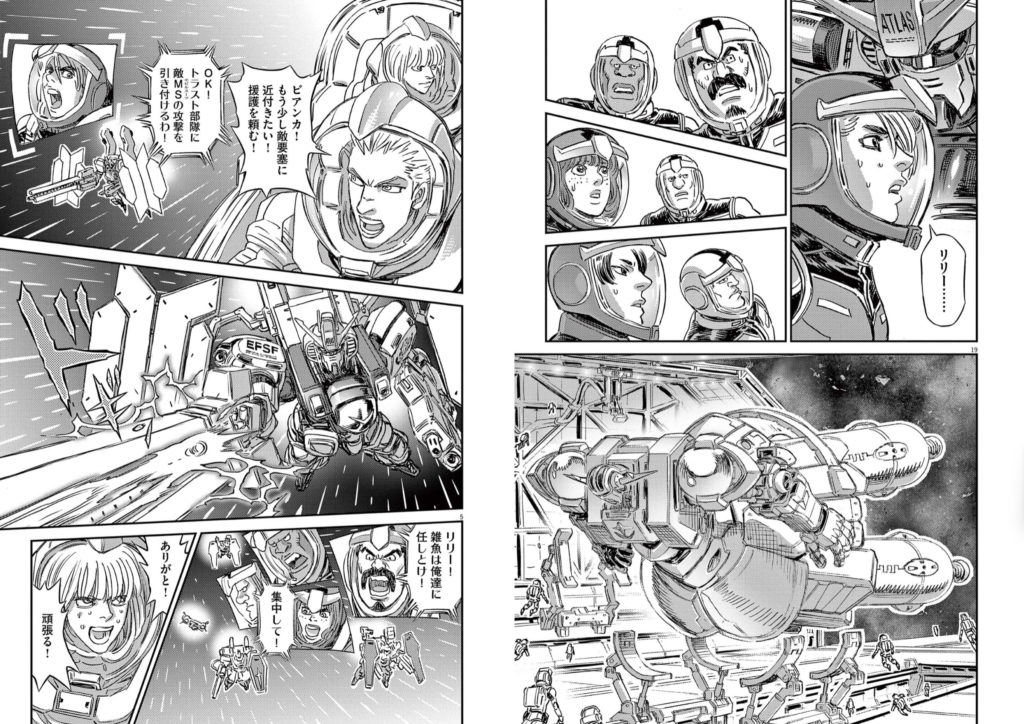
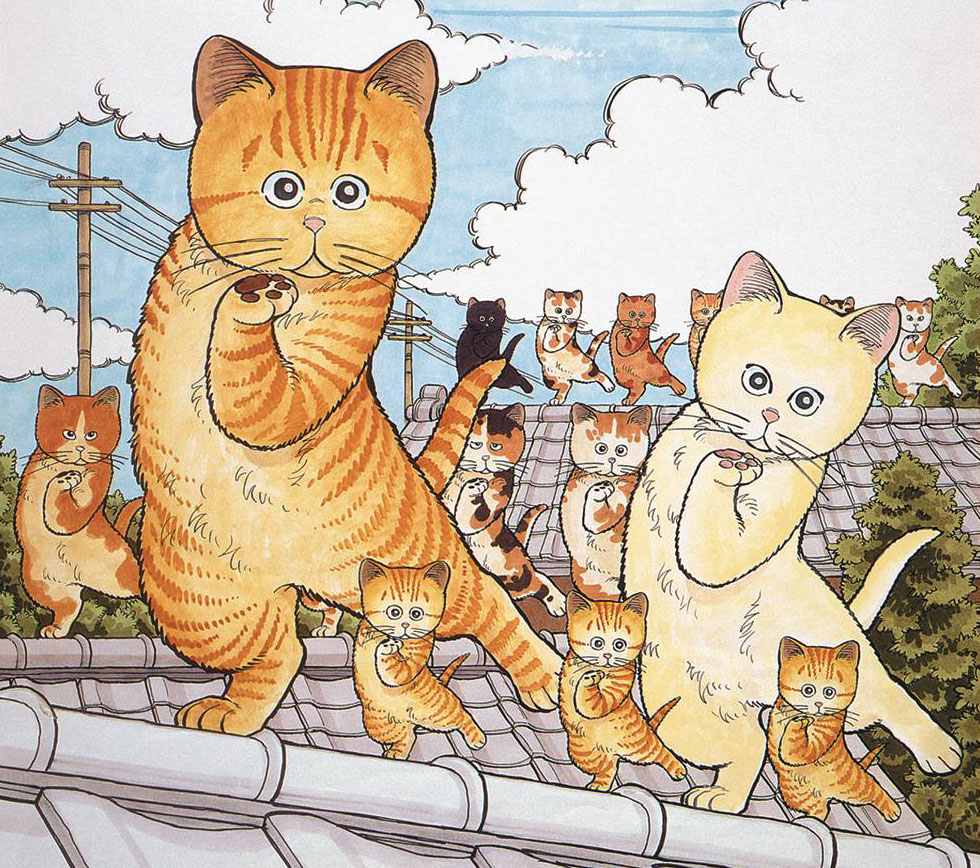
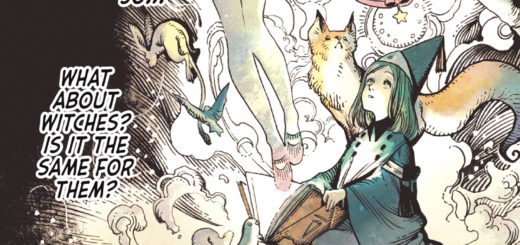
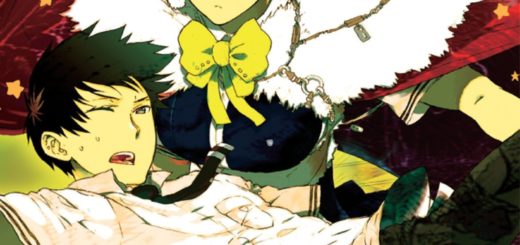
Nihei’s turn toward a lighter tone and elements of teen romantic comedy in Knights of Sidonia may have been partially motivated by a desire to make more commercial and accessible work, but it didn’t come out of nowhere. BLAME! Academy, a series of goofy short stories that dropped the BLAME! characters into a high school setting, were published in parallel with Nihei’s serious-mode works. Knights of Sidonia seems to me in part to be Nihei relaxing a bit and no longer attempting to separate out these creative impulses, though Aposimz shows a better handle on managing a balance between serious and humorous modes.
Somewhat related to the above, it’s a shame that Tsumugi Shiraui doesn’t show up until a few volumes in because she’s all Tsutomu Nihei’s irreconcilable impulses in one character.
I guess you could say I cheated a bit on this one by being able to read it. But if it helps, being thrown into the middle of a long-running narrative really threw me for some loops. Eventually, from the context, I managed to glean somewhat what events led to the current situation, but for the life of me I couldn’t figure out why everyone is following a 12-year-old into an open revolution. Aside from the fact that he can somehow disable the enemy’s weapons so they don’t have to kill anyone, I guess? And I don’t know what was up with that Dr. Doom character (or the Dr. Doom-like character from the Flash Gordon movie, maybe?). Still, I DID get caught up in the story, and eagerly devoured the three chapters to find out what happened next.
I respect all of you taking the plunge on this one. I loved hearing your interpretations of the story and just how close you got. Speaks to the power of the storytelling within, despite it being incomplete.
And, Christopher, great call on the vertical scrolling! I read it that way too, and it wasn’t till I got to the end that I realized how smooth an experience that had been. I wonder how conscious of that Otagiki is. He must be if that’s his primary outlet for delivering it to fans.
This was a really fun episode, and I hope you do something like this again in the near future! Maybe even do one with more finished art? 🙂